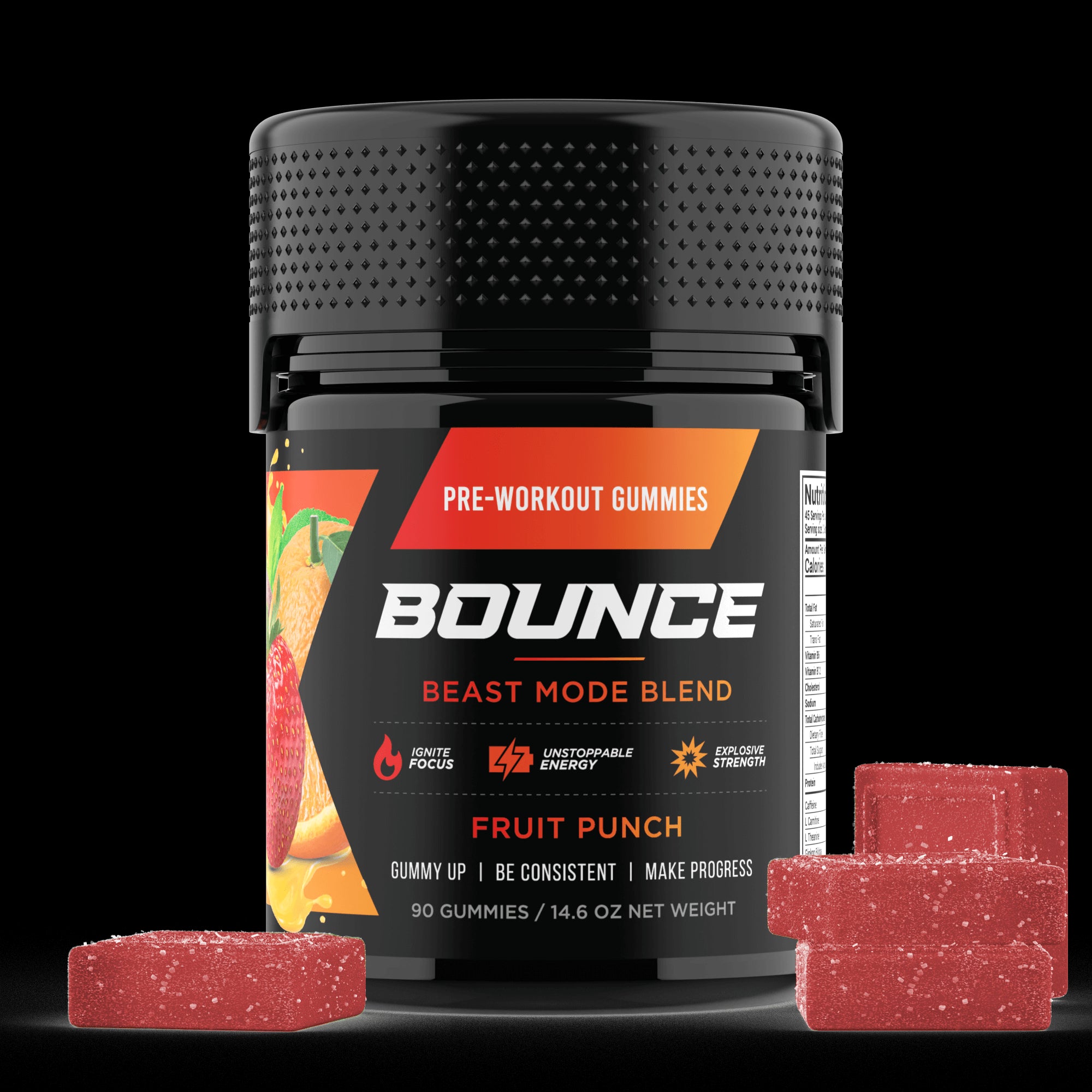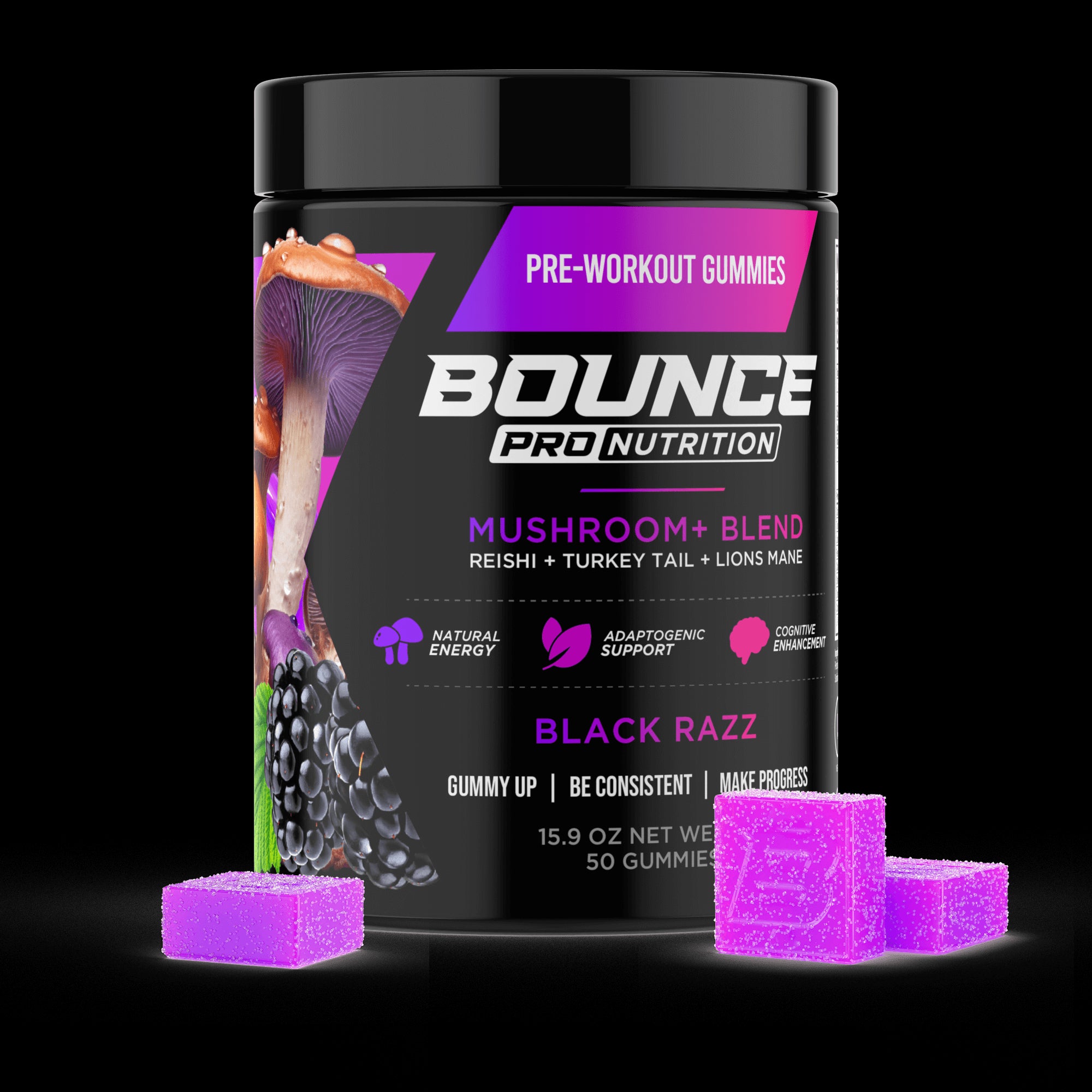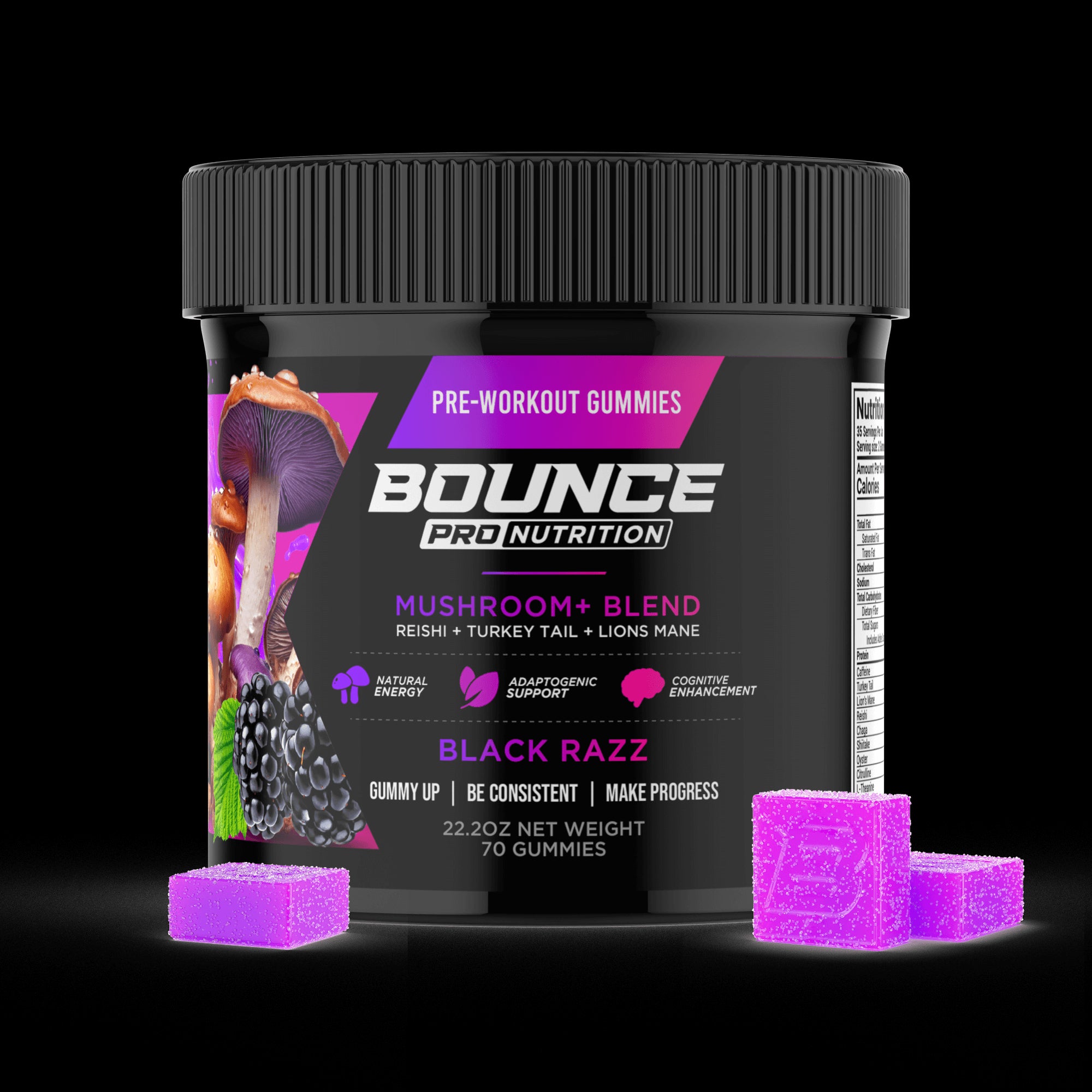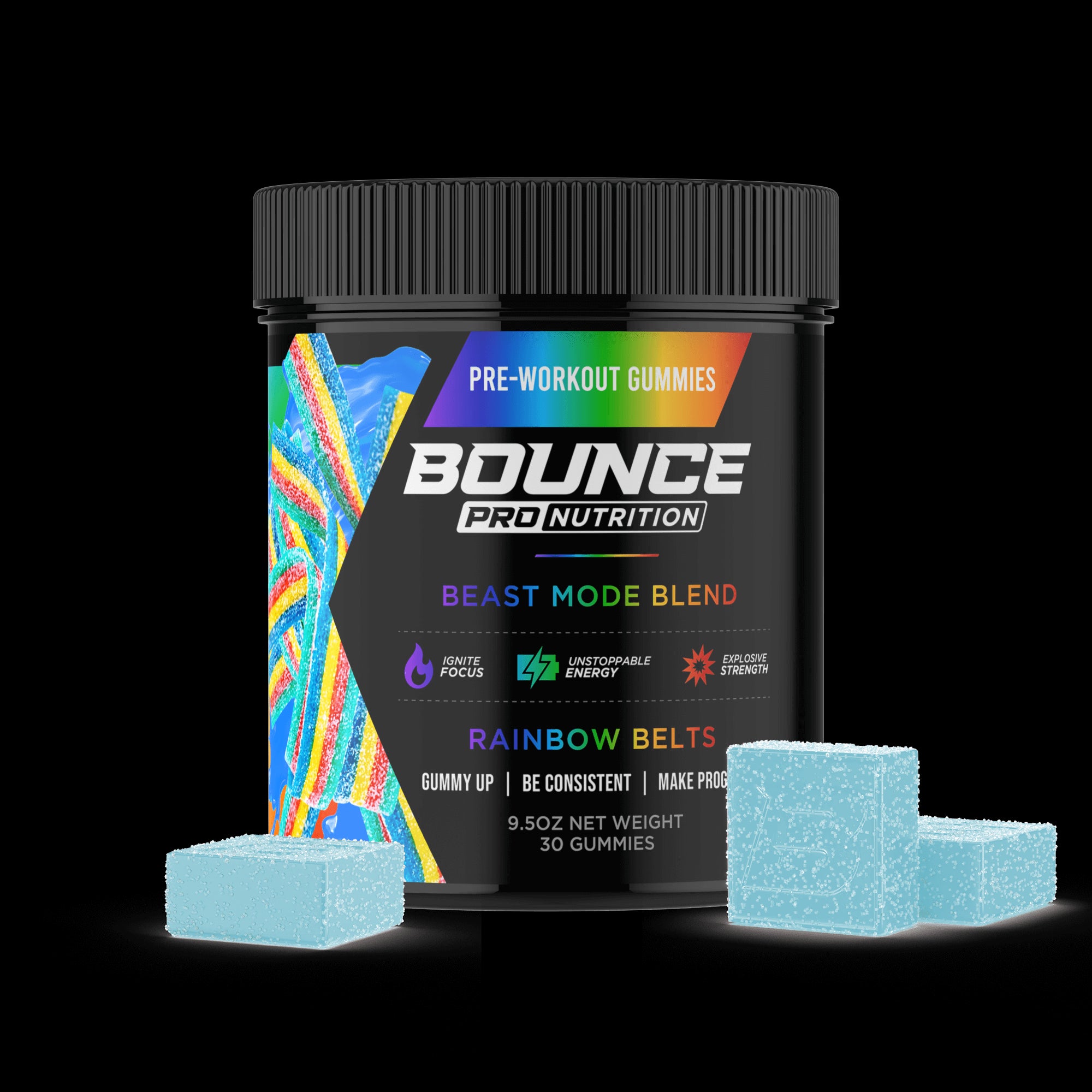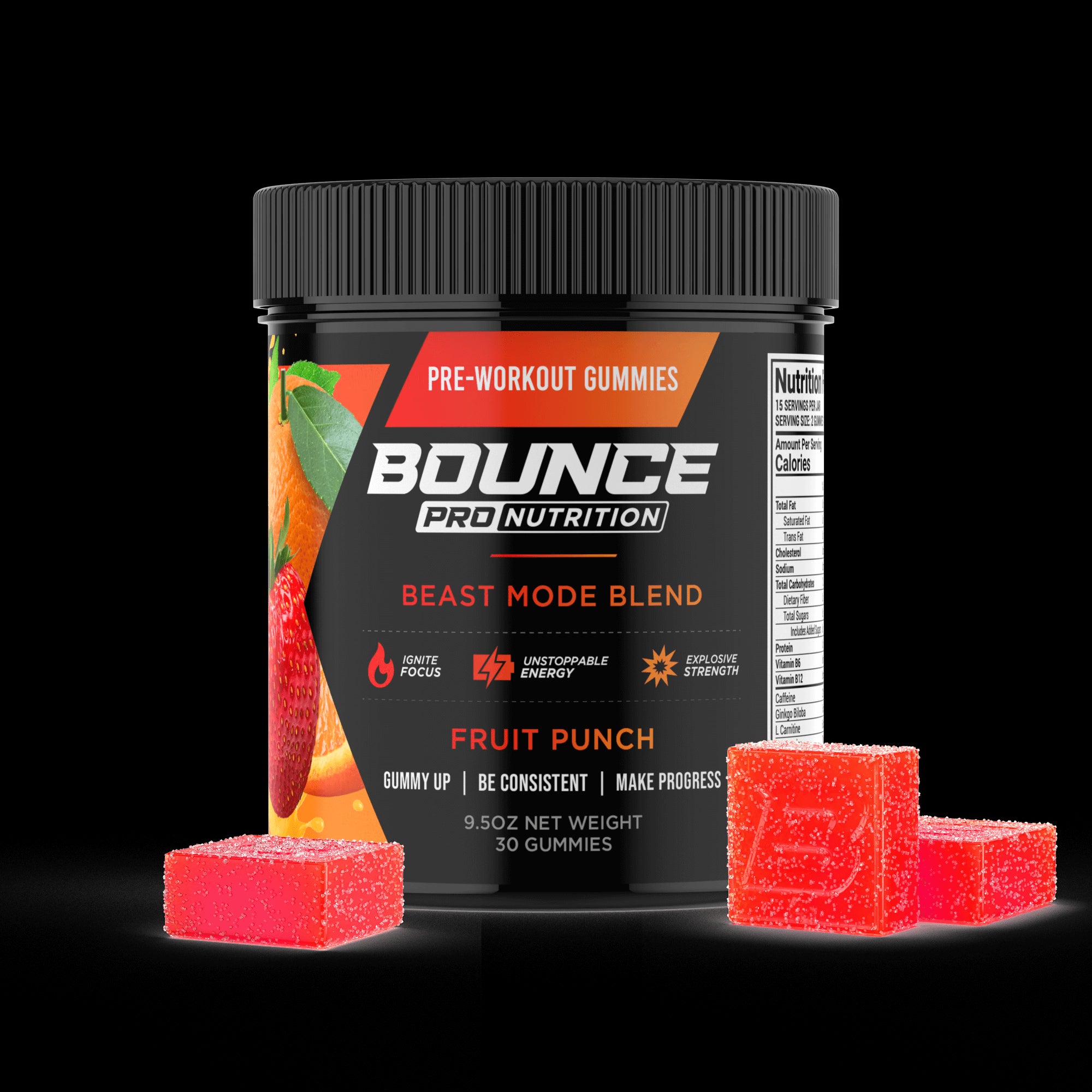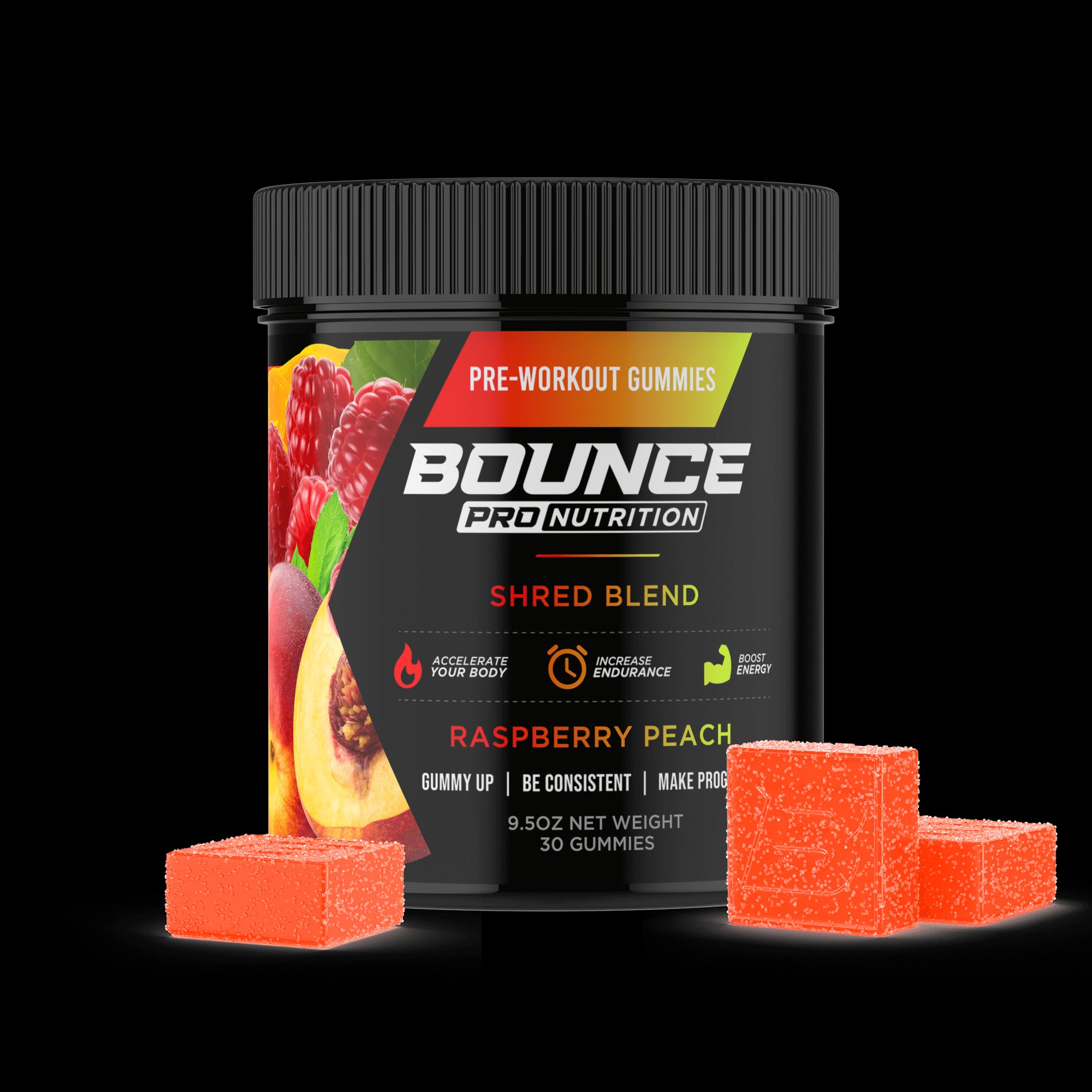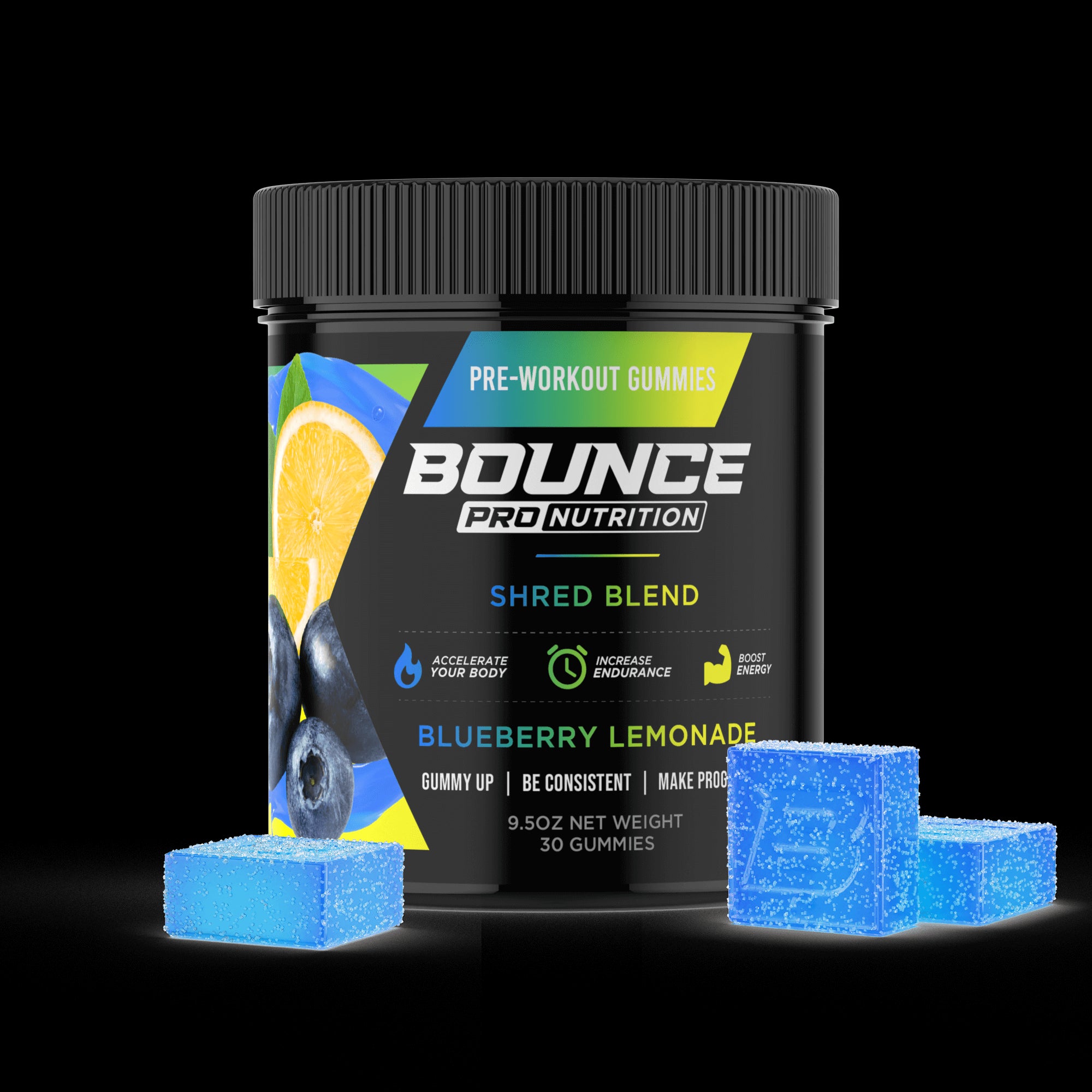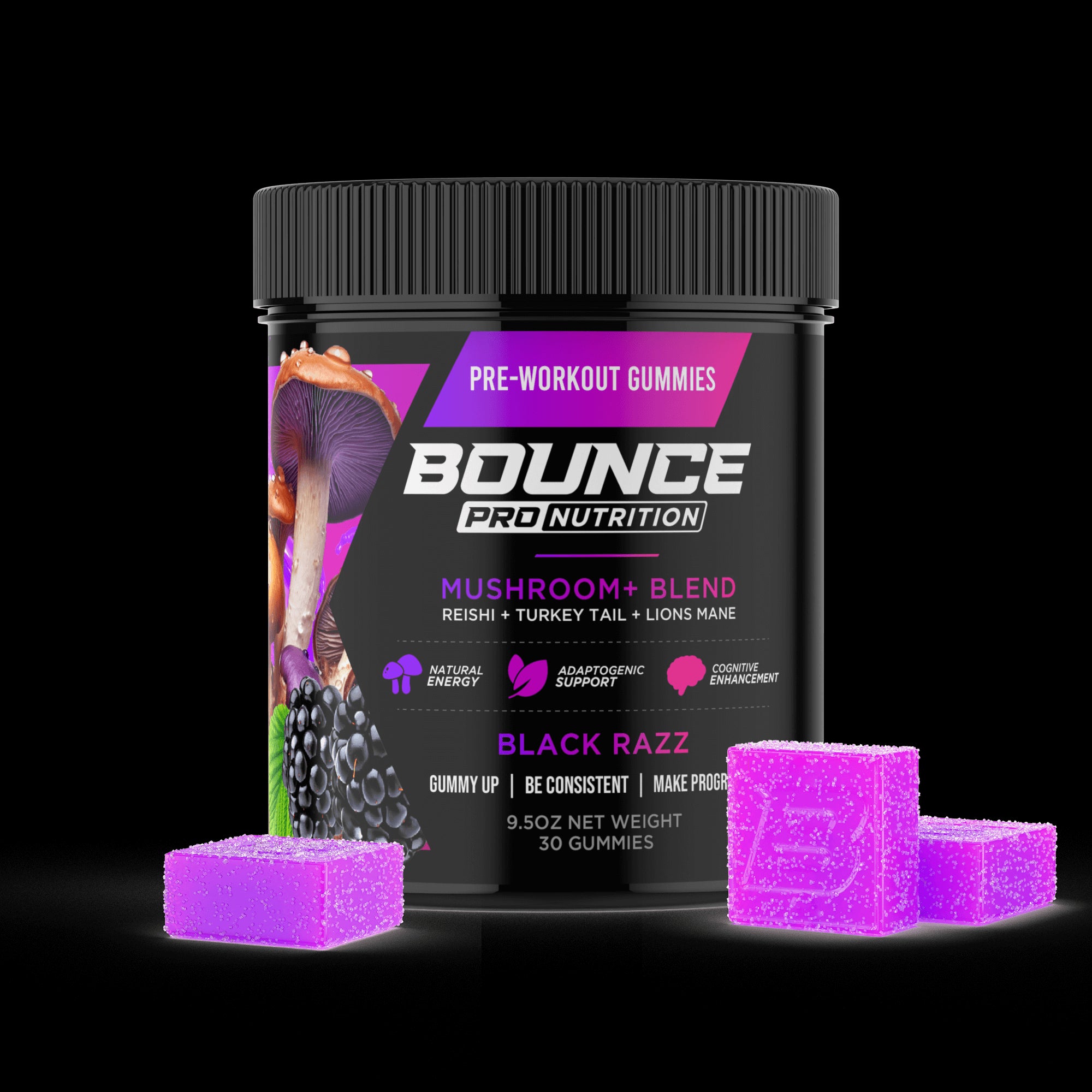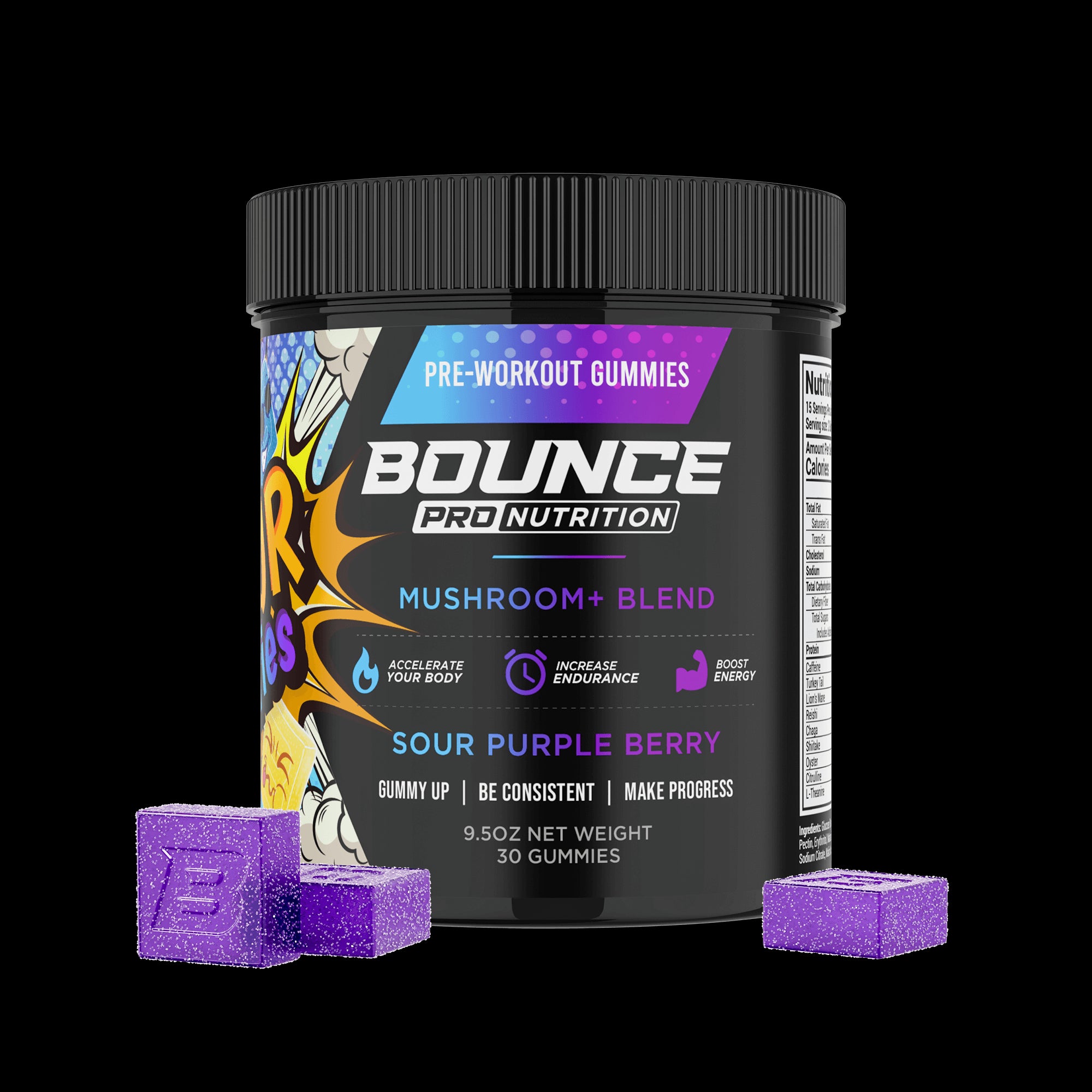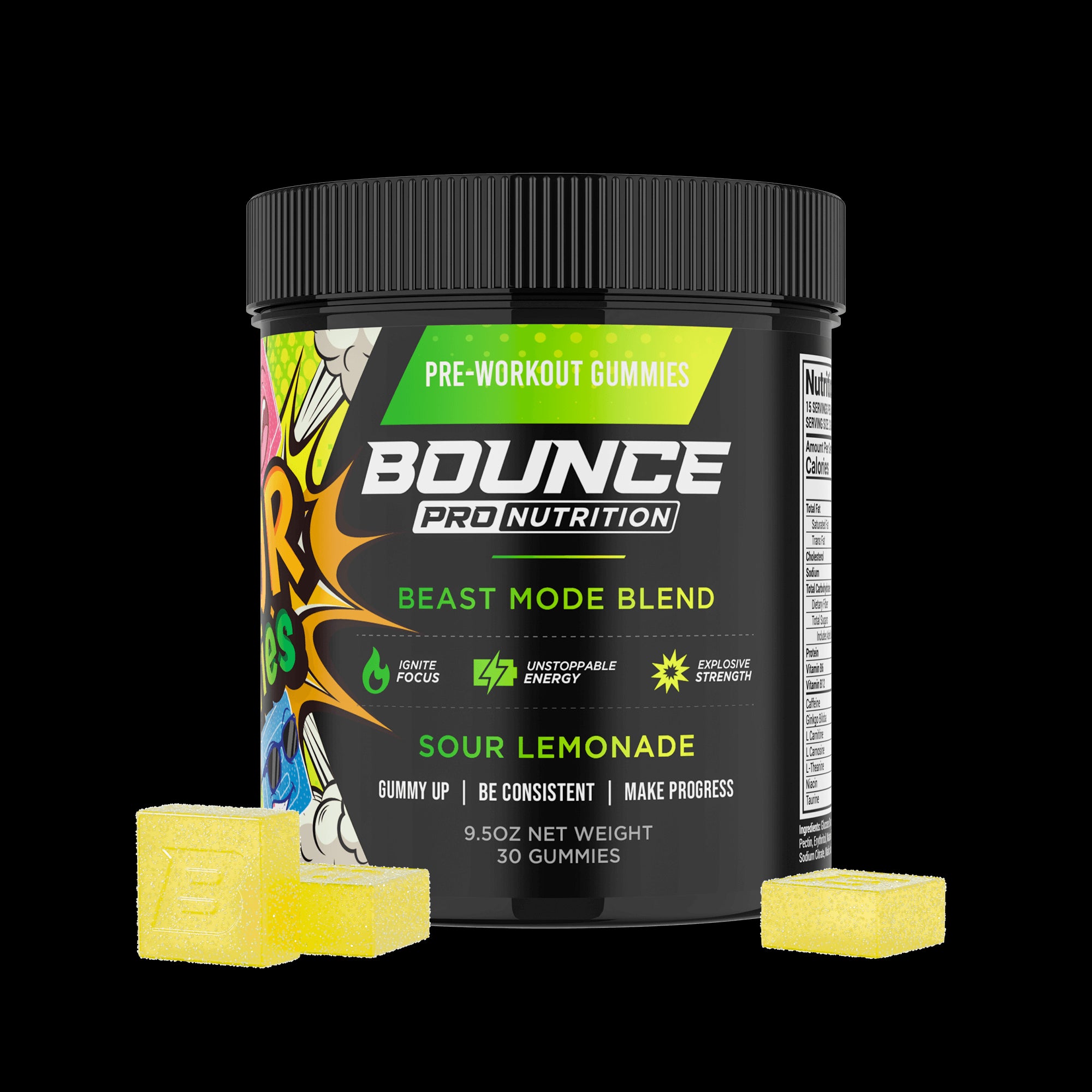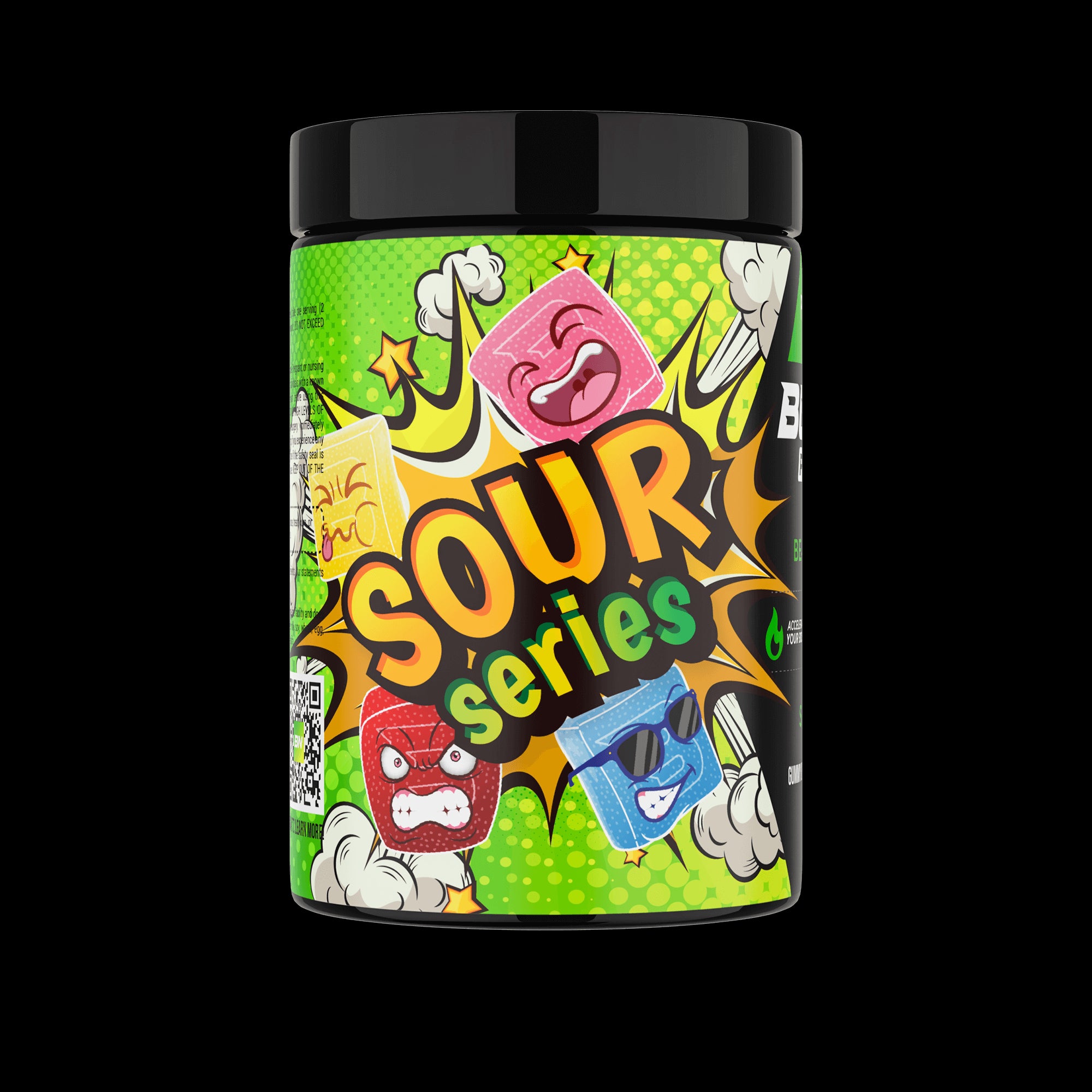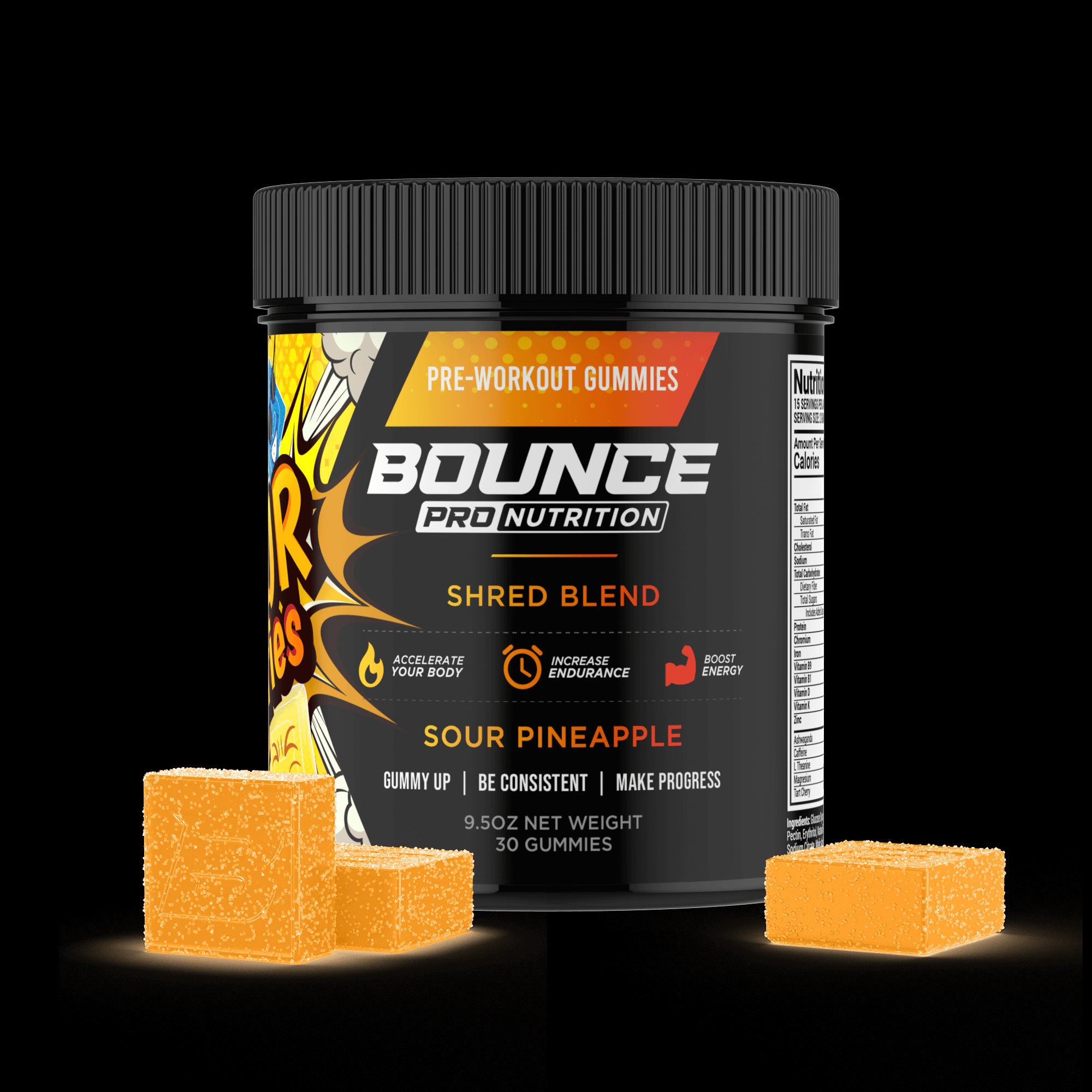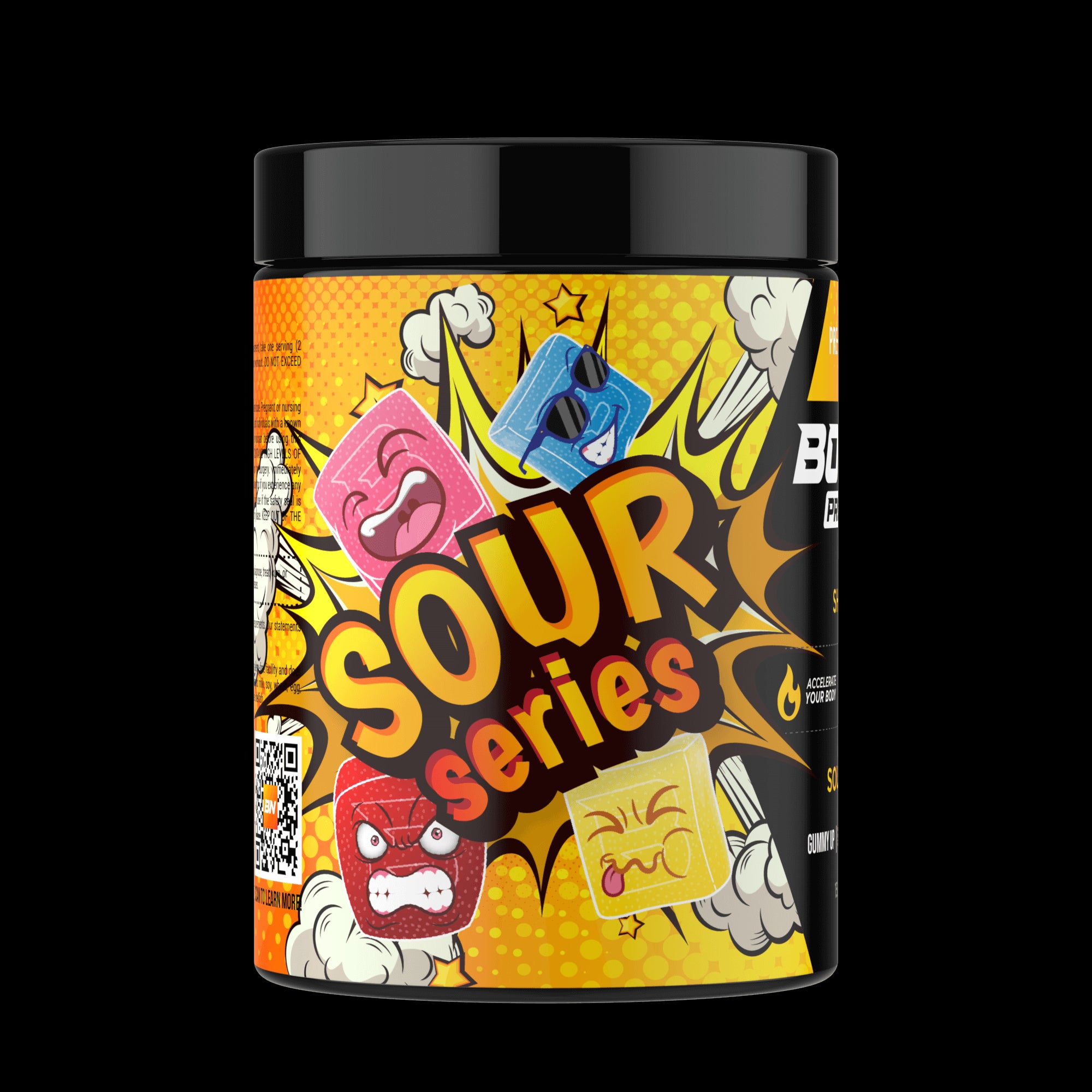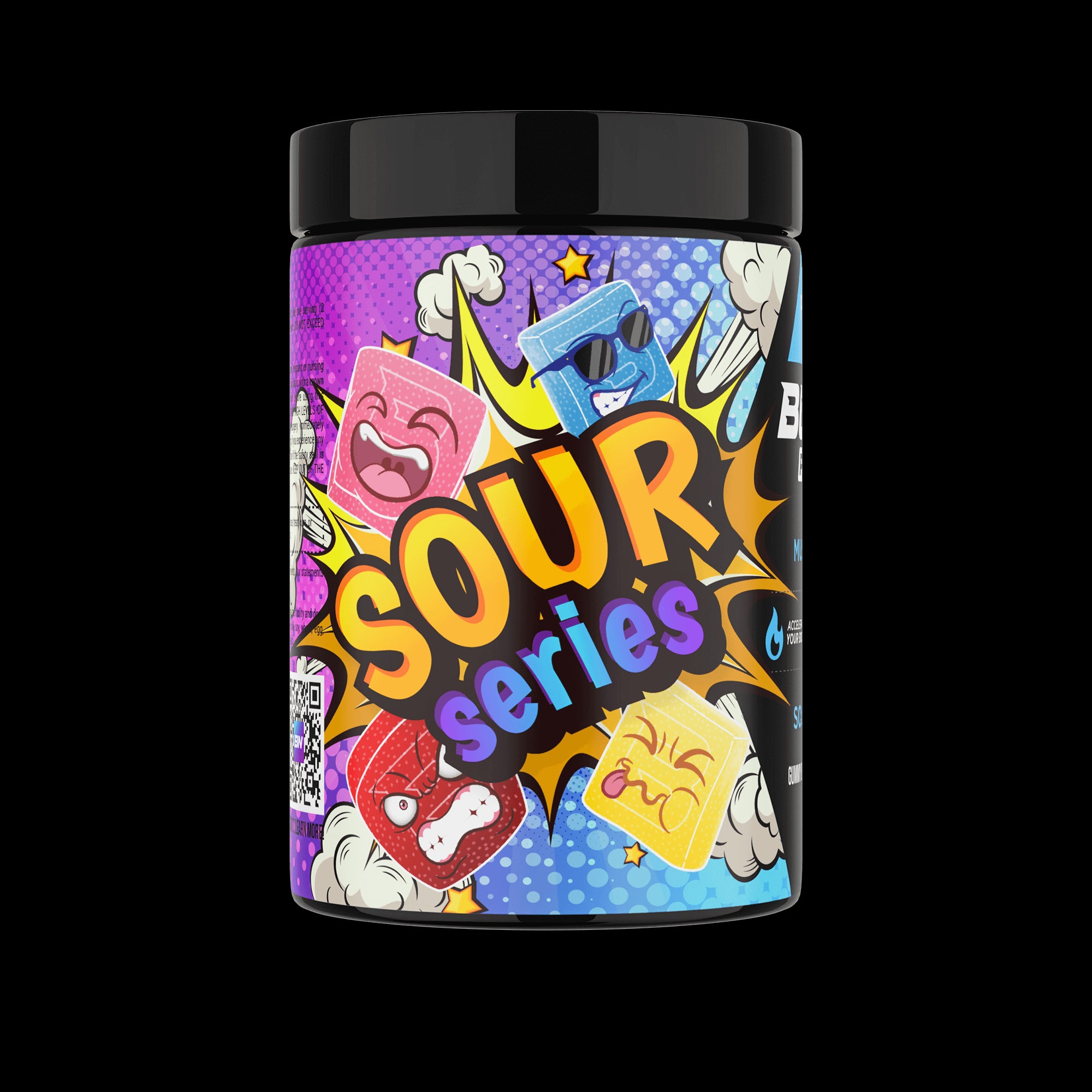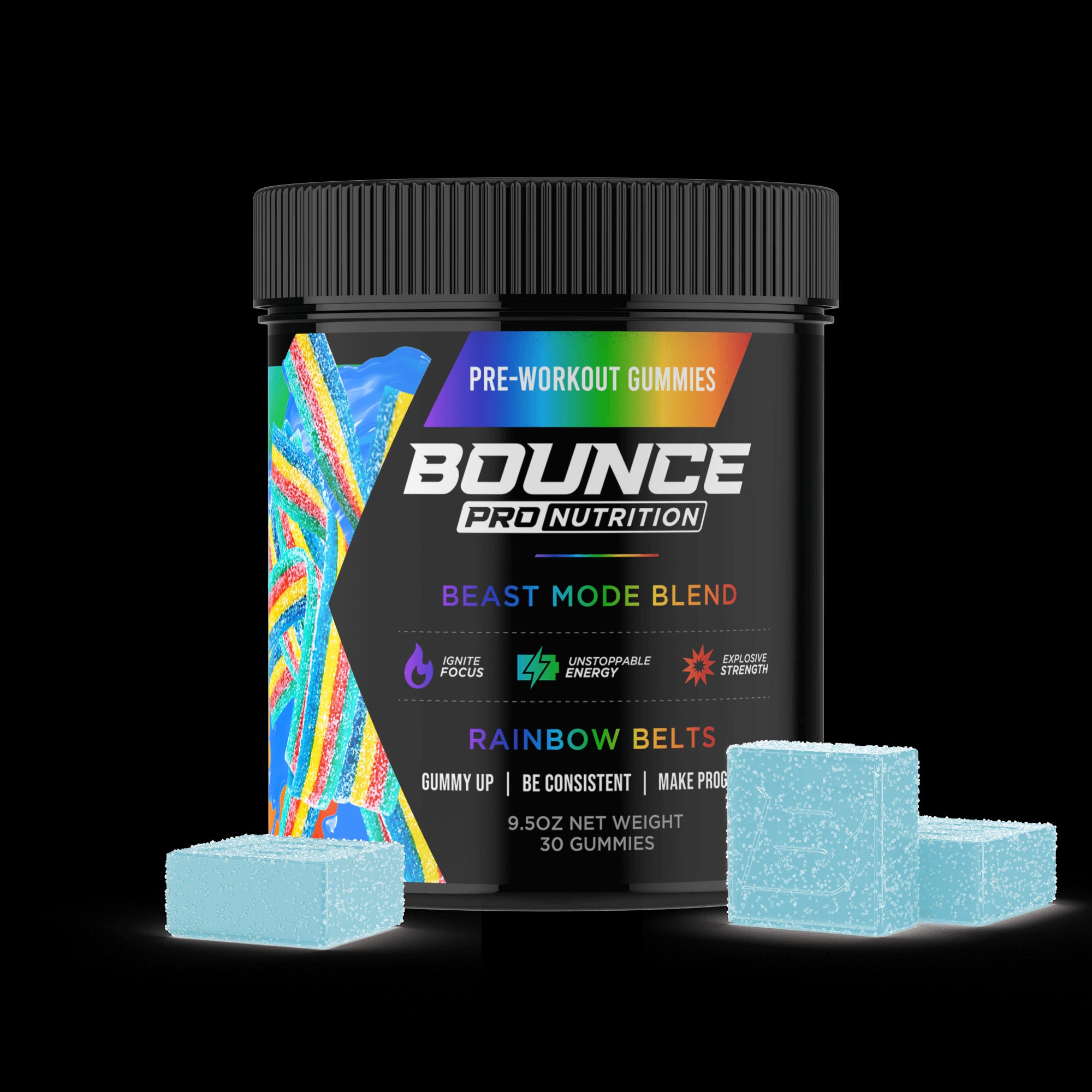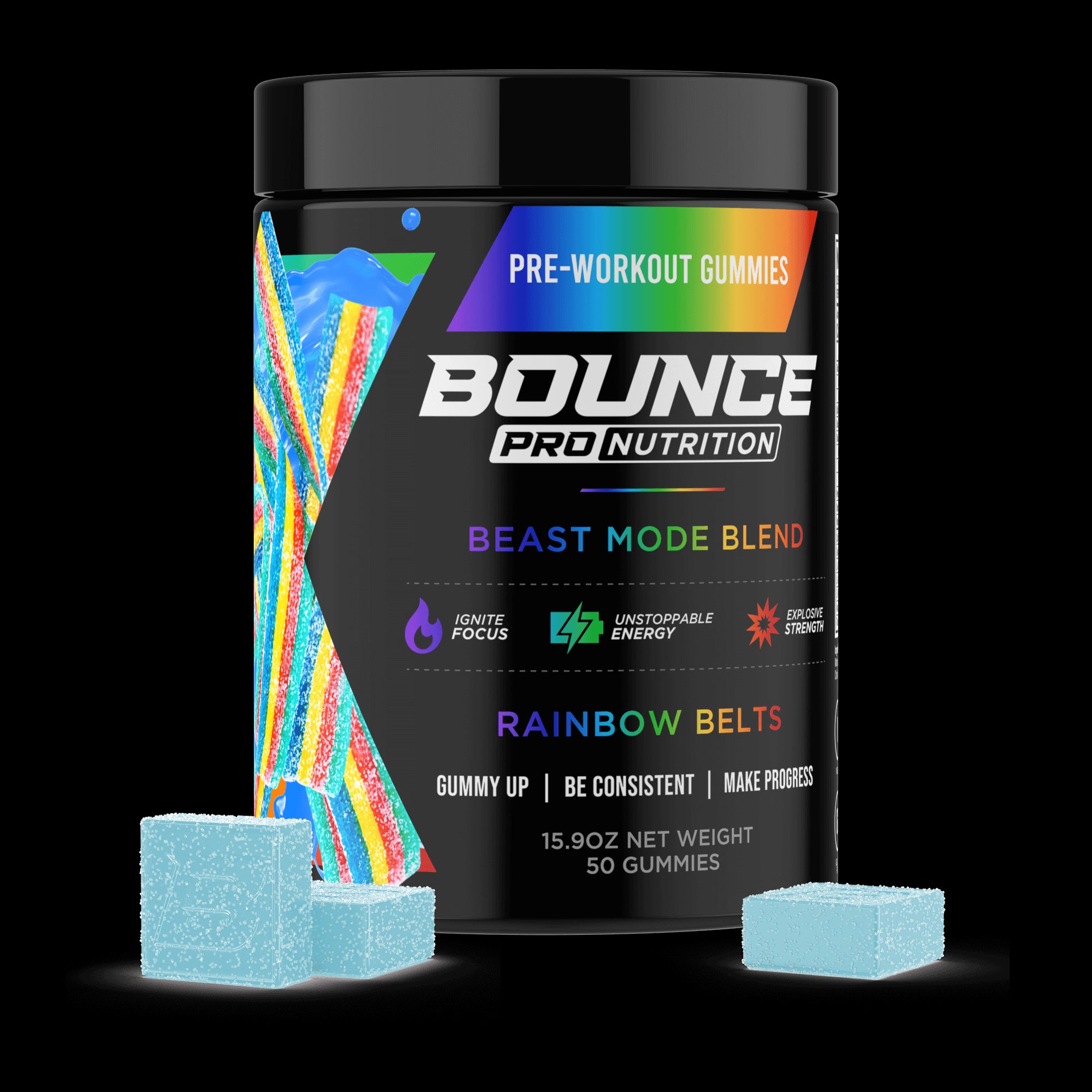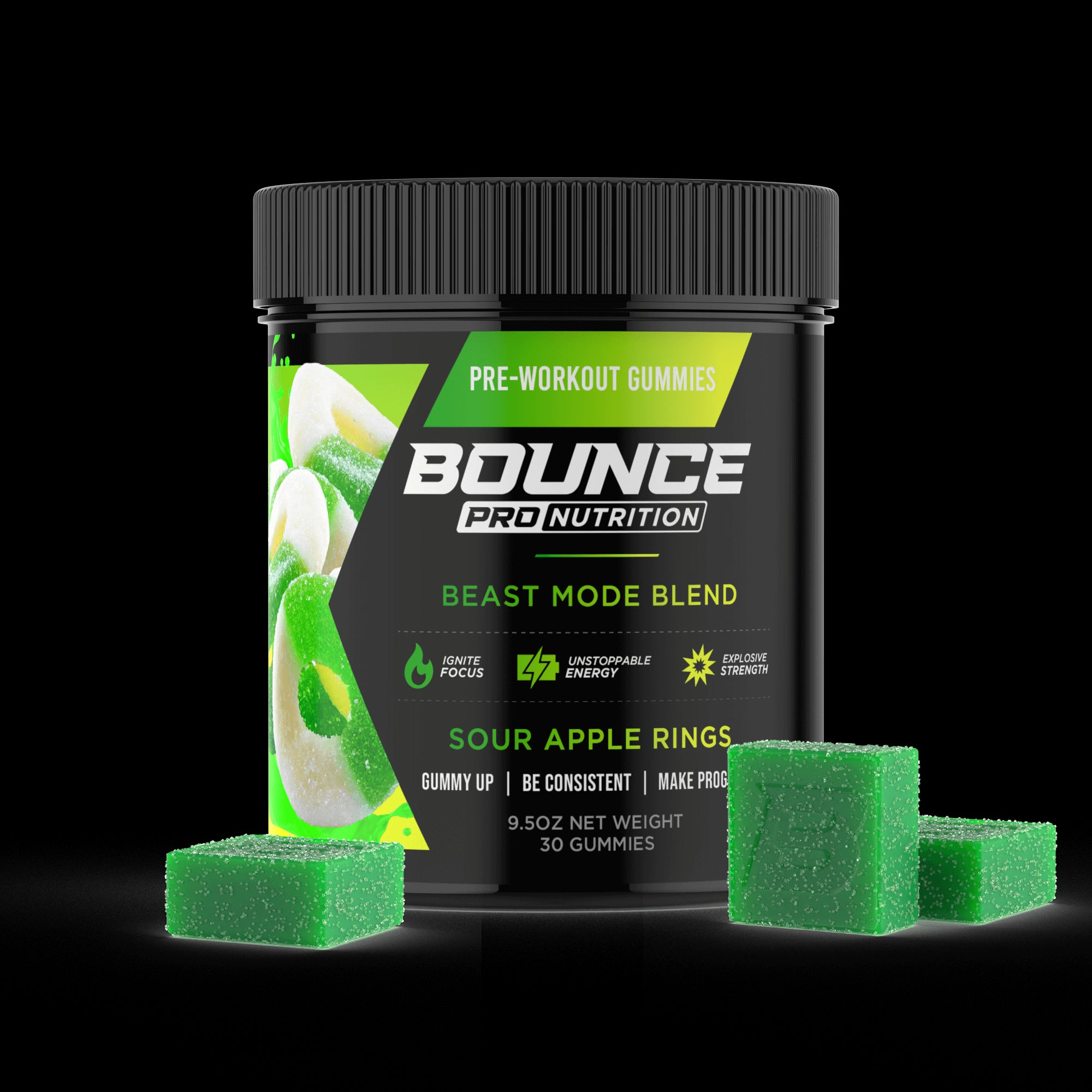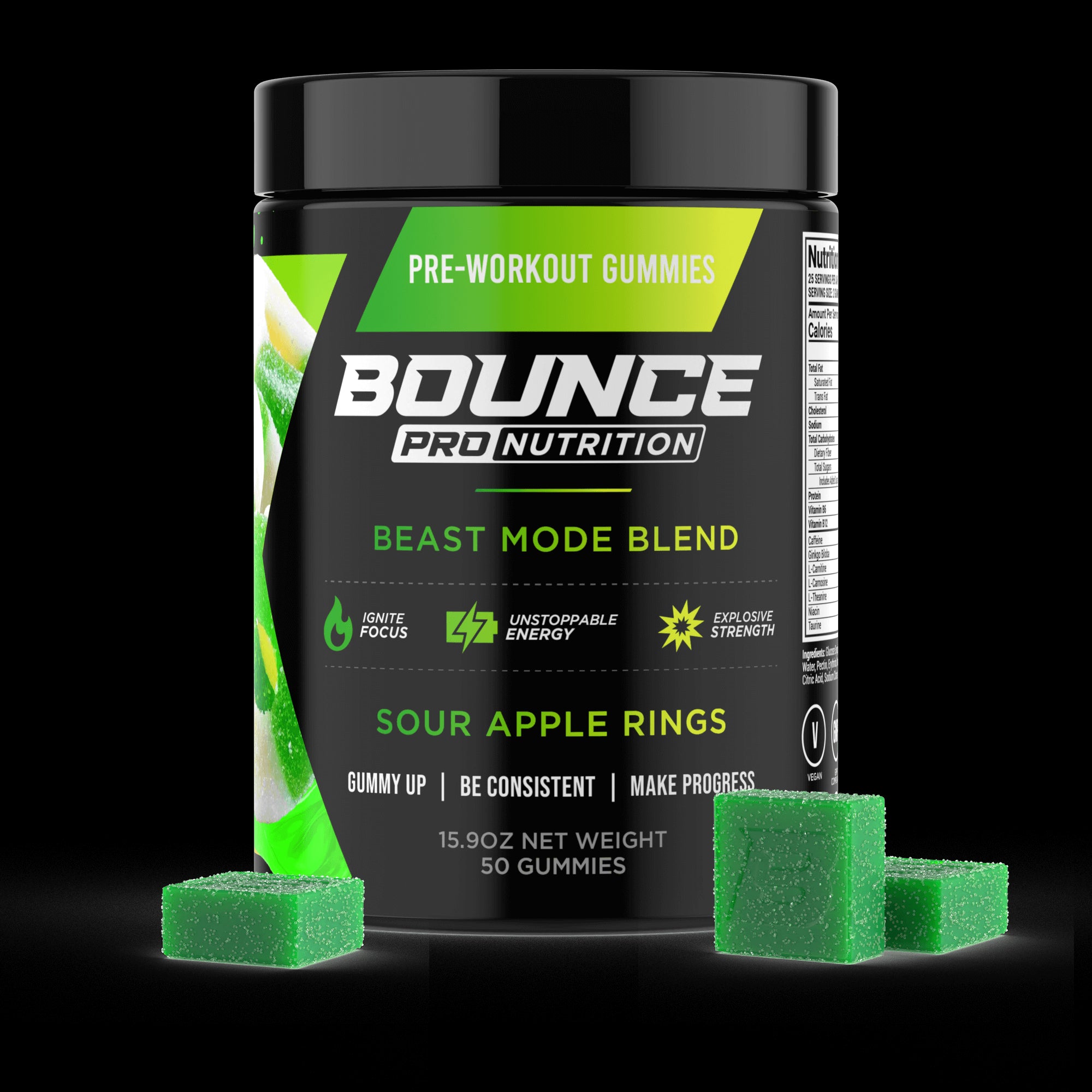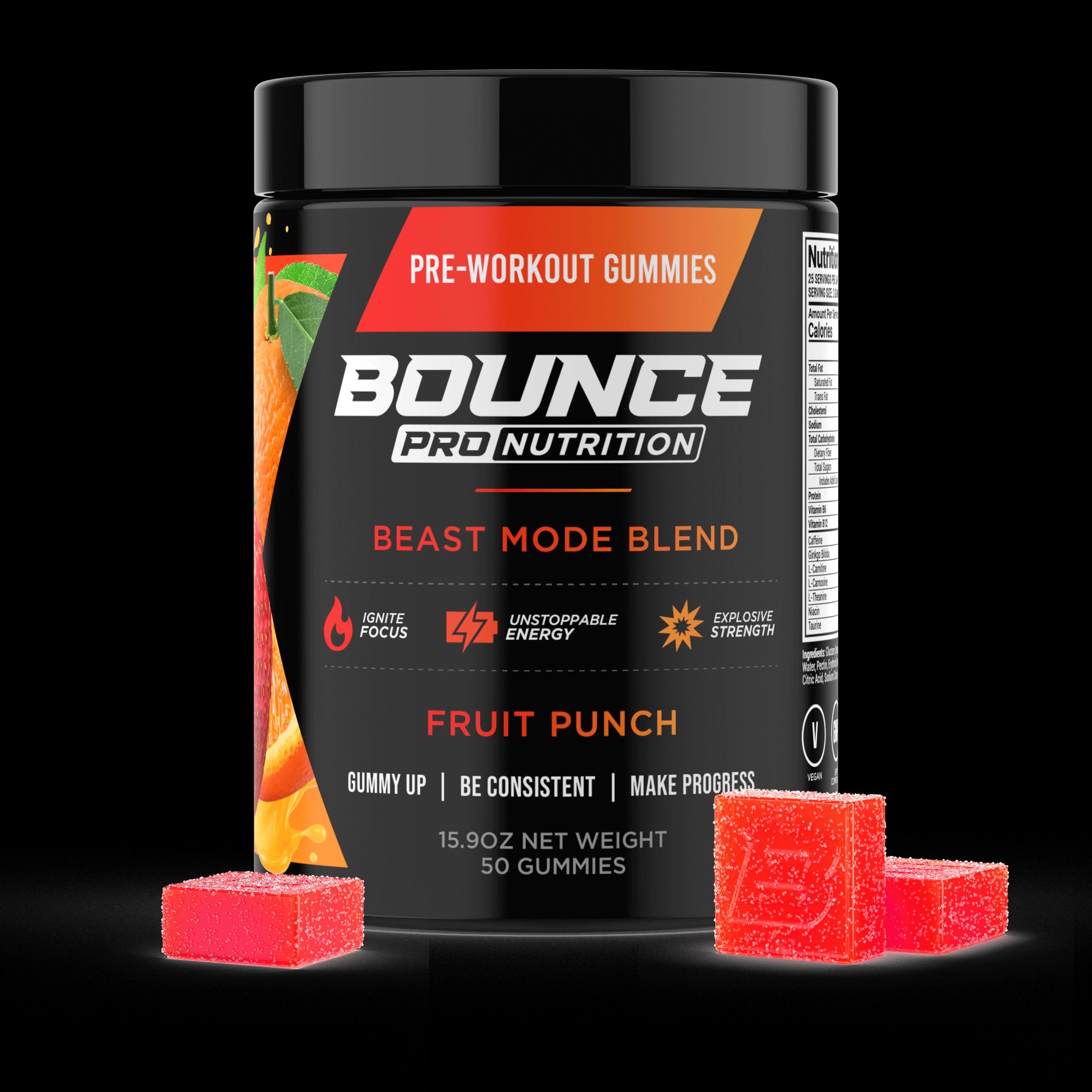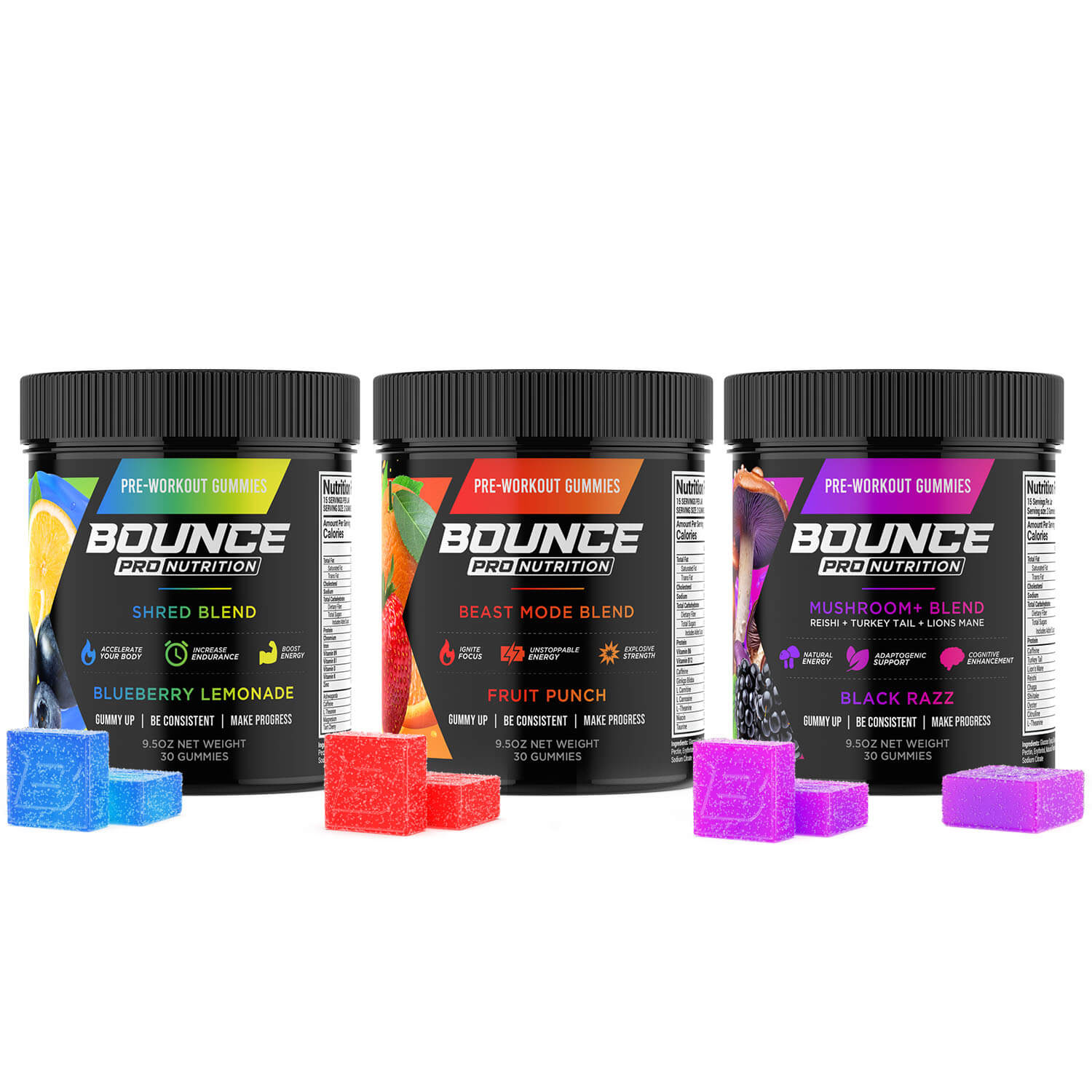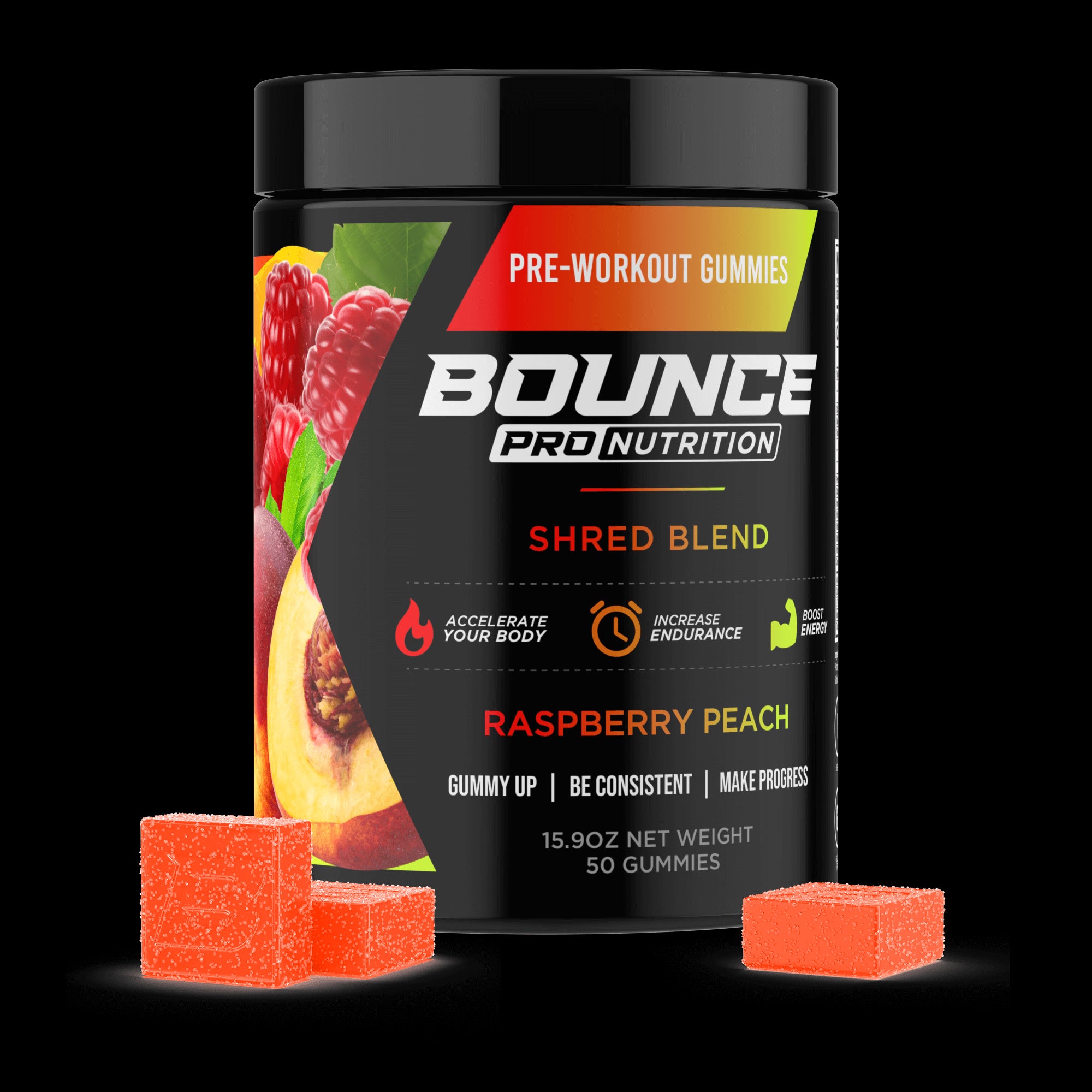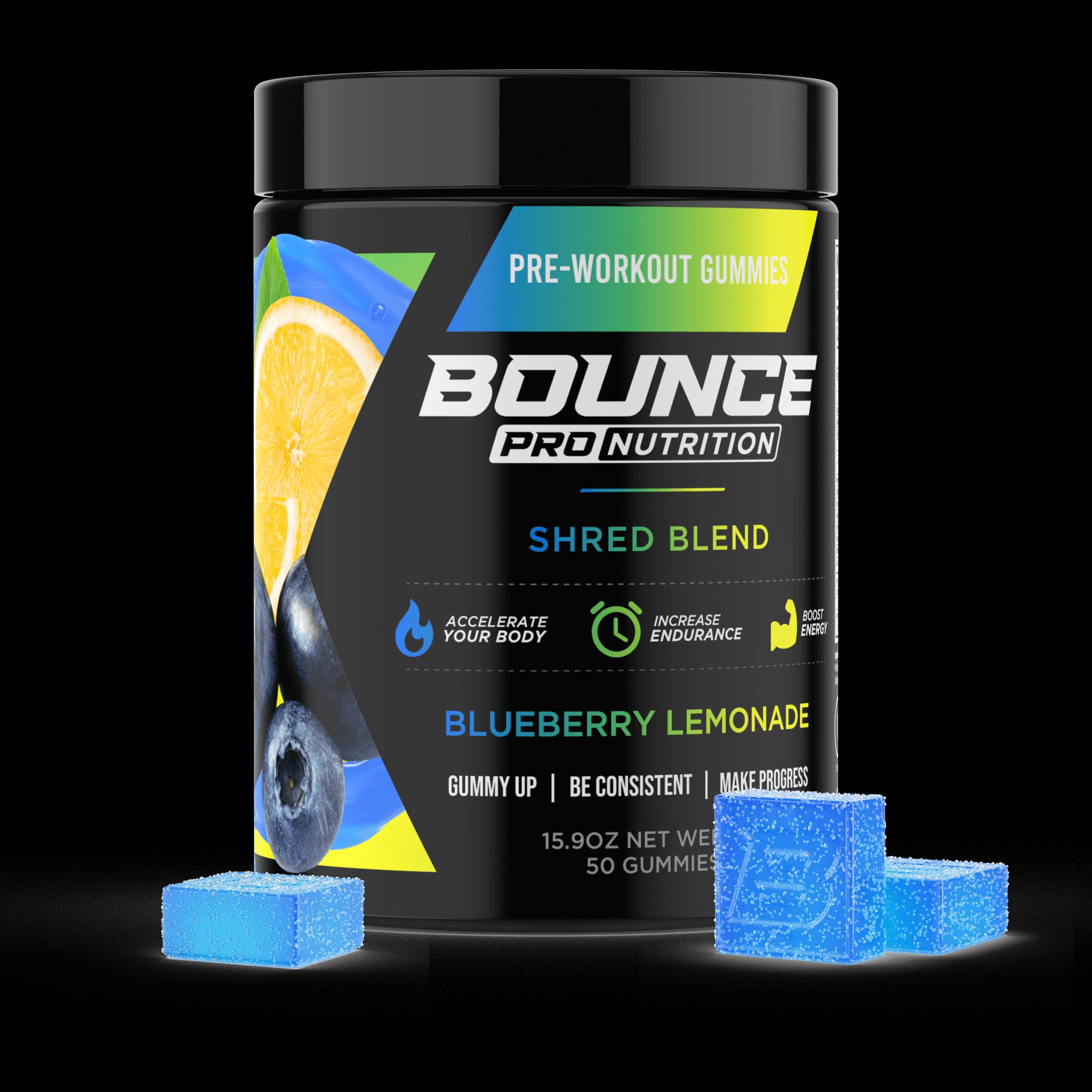There is a serene and powerful solitude that can only be found beneath the surface of the water, a world where the noise of daily life is replaced by the rhythmic cadence of your own breathing and the steady, propulsive pull of your arms. It is in this aquatic space, suspended between effort and grace, that swimmers forge their endurance and chase their ambitions.
For the dedicated swimmer, the pool is both a sanctuary and a crucible, a place where thousands of hours are spent refining technique and building the engine needed to power through the water, lap after relentless lap. But a successful swim is more than just a matter of perfect form or physical strength; it is a complex feat of physiological management. The greatest challenge often lies in fueling the body for the immense energy demands of the sport, a task made uniquely difficult by the very environment in which it takes place.
In this demanding world of aquatic endurance, where every fraction of a second counts, athletes are increasingly turning to innovative and practical solutions to maintain their edge, discovering that the key to unlocking their next level of performance might just be found in a small, chewable, and surprisingly potent form.
TO BUY ELECTROLYTE GUMMIES CLICK HERE
Why is Swimming a Crucial Part of Exercising and Staying Healthy?
Swimming is widely celebrated by physicians, physical therapists, and fitness experts as one of the most complete and beneficial forms of exercise available, offering a unique combination of cardiovascular conditioning, muscular development, and joint-friendly movement. Its most defining characteristic is its low-impact nature. The buoyancy of water supports the vast majority of the body's weight, dramatically reducing the stress and jarring impact on the skeletal system—particularly the joints of the ankles, knees, hips, and spine.
This makes swimming an ideal activity for a massive range of individuals, including those with arthritis, musculoskeletal injuries, or other conditions that might make weight-bearing exercises like running painful or prohibitive. It allows for a vigorous, challenging workout without the associated wear and tear, promoting long-term joint health and making it a sustainable form of fitness that can be enjoyed for an entire lifetime.
From a cardiovascular standpoint, swimming is a true powerhouse. It is a demanding aerobic activity that requires the heart and lungs to work efficiently to deliver oxygen-rich blood to nearly every muscle in the body. Consistent swimming strengthens the heart muscle, enabling it to pump more blood with each beat (increased stroke volume), which leads to a lower resting heart rate and reduced blood pressure.
The horizontal body position in the water can also improve circulation, as the heart does not have to work as hard against gravity to move blood throughout the body. The controlled breathing patterns required for swimming, known as hypoxic training, can also improve lung capacity and the body's overall efficiency in using oxygen. These powerful cardiovascular adaptations significantly reduce the risk of heart disease, stroke, and other chronic illnesses.
While often thought of primarily as a "cardio" workout, swimming is also an exceptional tool for building total-body muscular strength and endurance. Water is approximately 800 times denser than air, meaning every single movement—every pull, every kick, every rotation—is performed against a constant, accommodating resistance. Unlike many land-based exercises that isolate specific muscles, swimming engages the entire body in a coordinated effort.
The arms, shoulders, back, and chest work to pull the body through the water, while the core muscles must remain constantly engaged to maintain a stable and streamlined position. The legs and glutes provide powerful propulsion through kicking. This results in the development of long, lean, and powerful muscles across the entire physique, improving both strength and muscular endurance without the need for external weights.
The unique demands of moving through water also make swimming an excellent activity for enhancing overall flexibility and mobility. The various swimming strokes require the body to move through a wide and full range of motion. The long, reaching movements of freestyle and backstroke help to lengthen the muscles of the back and torso. The powerful rotation of the hips and shoulders improves thoracic and hip mobility.
The coordinated movements of breaststroke and butterfly demand significant flexibility in the shoulders, hips, and ankles. This constant, gentle stretching and movement through a complete range of motion helps to improve joint health, reduce stiffness, and maintain a high level of functional mobility, which is crucial for preventing injury and maintaining a high quality of life as we age.
Beyond the extensive physical benefits, swimming offers a profound and unique set of advantages for mental health and stress reduction. The immersive experience of being in the water creates a sensory environment unlike any other. The noise and distractions of the outside world are muted, replaced by the rhythmic and meditative sound of your own breathing and the water rushing past your ears.
The feeling of weightlessness and the gentle pressure of the water on the skin can be incredibly calming and therapeutic. This, combined with the release of mood-boosting endorphins from the physical exertion, makes swimming a powerful tool for alleviating stress, reducing symptoms of anxiety and depression, and promoting a sense of mental clarity and tranquility. For many, a swim is as much a workout for the mind as it is for the body.
Ultimately, swimming is more than just a form of exercise; it is a critical life skill that promotes safety, confidence, and a lifetime of healthy activity. Learning to swim opens up a world of other recreational opportunities, from boating and surfing to simply enjoying a day at the beach or lake with family and friends without fear.
Because it is so gentle on the body, it is an activity that can be adapted and enjoyed by people of all ages, from infants to senior citizens. This makes it a truly sustainable form of fitness, a crucial part of a healthy lifestyle that does not have to end due to the joint pain or physical limitations that can curtail other activities over time. By investing in swimming, one is investing in a future filled with health, safety, and joyful movement.
Why Do Some People Enjoy Swimming?
The allure of swimming is a unique and deeply personal experience, drawing people to the water for a multitude of reasons that go far beyond the simple desire for physical exercise. For many, the primary source of enjoyment is the almost magical feeling of weightlessness and freedom that the water provides. To be suspended in a liquid medium is to be temporarily liberated from the constant, unforgiving pull of gravity.
This buoyancy unburdens the joints and allows for a sensation of fluid, three-dimensional movement that is impossible to replicate on land. It can feel like flying, a graceful and silent glide through a different world. This unique physical sensation is both liberating and restorative, providing a powerful draw for those seeking an escape from the terrestrial world.
This sense of physical freedom is often mirrored by a profound mental release. The immersive nature of swimming creates a form of sensory deprivation that quiets the mind. With your head submerged, the endless chatter of daily life, the notifications from your phone, and the ambient noise of the world all fade away.
They are replaced by the simple, rhythmic, and internal sounds of your own body at work: the metronome of your breathing, the pulsing of your heart, the rush of water past your ears. This environment fosters a meditative state, allowing for a level of focus and introspection that is difficult to achieve elsewhere. For many swimmers, this is their sanctuary, a place to decompress, process thoughts, and find a sense of inner peace and clarity. To add to this, it is:
-
The Full-Body Challenge and Satisfaction: Unlike many exercises that target specific body parts, swimming demands a coordinated effort from the entire body. Every lap is a testament to the synergy between your arms, legs, core, and lungs. The feeling of all these different parts working together in perfect harmony to propel you through the water is incredibly satisfying. Pushing through a hard set and feeling the pleasant fatigue spread through every muscle group provides a unique sense of accomplishment. It’s a feeling of having truly worked your entire body, leaving you feeling powerful, capable, and thoroughly exercised.
-
A Deep Connection with Water: For many swimmers, there is an almost primal connection to the water itself. This can manifest in different ways. For the pool swimmer, there is joy in the clarity and predictability of the water, the perfect black line on the bottom of the pool that guides them like a mantra. For the open water swimmer, the enjoyment comes from the adventure and challenge of natural bodies of water—the cool refreshment of a mountain lake, the salty buoyancy of the ocean, or the steady current of a river. This interaction with the element of water is a core part of the experience, providing both a challenge and a sense of belonging.
-
The Social Community of Teams and Clubs: While swimming can be a solitary pursuit, it also fosters a strong and supportive community. Joining a masters swim team, a triathlon club, or simply being a regular at the local pool connects you with a diverse group of people who share a common passion. The shared experience of early morning practices, the camaraderie of cheering for teammates at a meet, and the collective groan after a particularly tough workout creates powerful bonds. This social aspect provides motivation, accountability, and a sense of being part of something larger than oneself.
-
The Pursuit of Technical Mastery: Swimming is a highly technical sport. Achieving an efficient and graceful stroke is a lifelong pursuit of perfection. For many analytical and detail-oriented individuals, this is a major source of enjoyment. They love the process of breaking down the stroke, focusing on small details like hand entry, body rotation, and kicking mechanics, and then feeling the tangible improvement when it all clicks into place. The quest for that elusive "feel for the water" is a challenging and intellectually stimulating puzzle that provides endless opportunities for learning and refinement.
So, What Does it Mean and Take to Be a Good Swimmer?
The definition of a "good swimmer" is wonderfully broad and refreshingly personal, extending far beyond the confines of a stopwatch or the results of a championship meet. While elite speed is an obvious marker of proficiency, being a good swimmer is more fundamentally about developing a masterful and efficient relationship with the water.
It means possessing a level of technical skill that makes your movement look effortless, even when the internal effort is maximal. It's about understanding the unique language of the water—how to hold it, how to pull through it, and how to minimize your resistance against it. A good swimmer moves with the water, not against it, transforming a struggle into a graceful and powerful dance.
Ultimately, becoming a good swimmer is a testament to dedication, patience, and a deep respect for the technical nuances of the sport. It's a journey that prioritizes quality of movement over sheer quantity of effort. A good swimmer understands that brute force and mindless yardage will only take you so far and can often lead to injury or burnout. Instead, they invest their time and focus in the deliberate practice of drills, the refinement of their body position, and the cultivation of a high level of self-awareness. They are perpetual students of the sport, always seeking to improve their efficiency and their intimate "feel for the water". They do this by doing/possessing the following:
-
Exceptional Technical Proficiency: This is the absolute cornerstone of good swimming. Unlike land-based sports where a strong athlete can often overcome poor form, in the water, poor technique is incredibly punishing. The drag created by an inefficient body position or an incorrect pull can negate any amount of strength. A good swimmer has invested thousands of hours in honing their stroke mechanics. They have a high elbow catch, a powerful body rotation, a streamlined posture, and a kick that provides propulsion without creating excessive drag. Their mastery of technique is what allows them to slice through the water with maximum efficiency and minimum wasted energy.
-
Unwavering Consistency: The feel for the water is a delicate and perishable skill. The physiological adaptations required for swimming endurance are built over months and years, not weeks. A good swimmer is, therefore, a consistent swimmer. They understand the importance of getting in the pool regularly, even on days when they don't feel their best. This consistent immersion builds the specific muscular endurance, cardiovascular fitness, and, most importantly, the muscle memory required to maintain an efficient stroke. They know that long breaks from the water can quickly erode both their fitness and their hard-won technique.
-
A Well-Developed "Engine" and Pacing IQ: While technique is paramount, a good swimmer must also possess a powerful and well-conditioned aerobic "engine." They have the cardiovascular fitness and muscular endurance to sustain a strong effort over the entirety of their race or workout. Crucially, they also possess a high "Pacing IQ." They have an innate sense of their own effort levels and can execute a race strategy with precision, whether that means going out hard, building into the race, or negative-splitting the second half. They don't just swim hard; they swim smart, managing their energy reserves like a precious resource.
-
Mental Fortitude and Resilience: The life of a swimmer is one of relentless repetition and early mornings spent staring at a black line on the bottom of a pool. This requires a unique brand of mental toughness. A good swimmer has the discipline to show up for grueling practices day after day. They have the resilience to bounce back from a disappointing race or a training plateau. In a race, they have the competitive fire to push through the pain barrier in the final stretch, to race the person in the next lane, and to stay focused on their own race plan amidst the chaos of the water.
-
Discipline Beyond the Pool Deck: A good swimmer understands that their performance is built not just in the water but in the 22 hours of the day they spend on dry land. They are disciplined about their lifestyle choices. This means prioritizing sleep as the number one tool for recovery and adaptation. It means fueling their body with high-quality nutrition designed to support their immense energy expenditure. It often involves a dedicated dryland training program, incorporating strength training, core work, and mobility exercises to build power and prevent injuries. They live the life of an athlete, not just a swimmer.
-
Coachability and a Growth Mindset: No swimmer reaches a high level of proficiency alone. A good swimmer is a coachable swimmer. They are open to feedback, willing to experiment with new techniques, and trust the process and the training plan laid out by their coach. They have a growth mindset, believing that their abilities are not fixed but can be developed through dedication and hard work. They are perpetual students of the sport, always curious, always watching faster swimmers, and always seeking new ways to become more efficient and more effective in the water.
What Types of Swimmers are There?
The aquatic world is home to a rich and diverse population of swimmers, each defined by their unique goals, skill sets, and relationship with the water. The simple act of propelling oneself through water is the common thread, but the expression of this act can be incredibly varied. The environment they choose, the strokes they master, and the motivations that get them to the pool or the open water create distinct tribes within the broader swimming community. A swimmer's identity is often a composite of these different classifications, painting a detailed picture of their personal journey in the sport.
Understanding these different categories allows one to appreciate the full spectrum of aquatic athleticism. The explosive power of a sprinter is a world away from the metronomic endurance of a marathon swimmer. The technical perfection sought by a competitive pool swimmer contrasts with the rugged adaptability required of an open water enthusiast.
These classifications are not rigid or permanent; a young competitive swimmer may grow up to become a recreational masters swimmer, and a fitness swimmer might decide to train for their first triathlon. Yet, looking at the swimming community through these different lenses—the strokes they swim, the level at which they participate, and their psychological approach—reveals the incredible depth and versatility of this timeless sport.
Types of Swims
The most fundamental way to differentiate swimmers is by the strokes they have mastered and choose to specialize in. Each of the four competitive strokes presents a unique biomechanical puzzle and places different demands on the body, often attracting swimmers with different natural abilities and physical attributes. Mastering one is a challenge; mastering all four is the mark of a truly versatile swimmer:
-
Freestyle (and the Front Crawl Technique): Freestyle is the category in competitive swimming where a swimmer is allowed to use any stroke they choose. However, it has become synonymous with the Front Crawl, as it is universally the fastest and most efficient way to move through the water. The Front Crawl involves alternating arm strokes with an over-the-water recovery, combined with a continuous flutter kick and rhythmic side breathing. It is the foundational stroke for most swimmers and is prized for its speed and efficiency over long distances. Good freestyle requires a powerful pull, a strong core for body rotation, and a relentless, steady kick.
-
Backstroke: Often described as an inverted version of freestyle, the backstroke is the only one of the four competitive strokes performed on the back. It involves alternating arm pulls with a straight-arm recovery and a continuous flutter kick. The challenge of backstroke lies in maintaining a straight line and a high body position without being able to see where you are going, relying on ceiling markers and lane lines for navigation. It requires strong shoulder flexibility and a powerful core to keep the hips from dropping in the water.
-
Breaststroke: The breaststroke is the oldest known swimming stroke and is technically one of the most complex. It involves a simultaneous "pull and breathe" arm motion, where the hands sweep out and then in towards the chest, followed by a powerful, whip-like kick often referred to as a "frog kick." Timing is absolutely critical in breaststroke; the coordination between the pull, the breath, and the kick must be perfect for the stroke to be efficient. It requires powerful leg and hip muscles and is often favored by swimmers with great natural flexibility in their hips and ankles.
-
Butterfly: Widely regarded as the most physically demanding and visually impressive stroke, the butterfly is a test of pure power and rhythm. It involves a simultaneous, symmetrical over-the-water arm recovery and pull, combined with a powerful, undulating, full-body dolphin kick. The stroke requires immense shoulder strength, core power, and impeccable timing. Maintaining the stroke's rhythm and avoiding fatigue is the primary challenge. Swimmers who excel at butterfly are often some of the strongest athletes in the pool.
-
The Medley (IM): The Individual Medley, or IM, is a composite event that showcases a swimmer's versatility by requiring them to swim all four competitive strokes in a specific order: butterfly, backstroke, breaststroke, and freestyle. The IM is considered by many to be the ultimate test of a complete swimmer, as it requires not only proficiency in every stroke but also the skill to transition smoothly between them.
-
The Combat Side Stroke: This is not a competitive stroke but a specialized one developed and used by military special forces units like the Navy SEALs. It is a variation of the traditional sidestroke designed for maximum efficiency and a low profile in the water. It allows a swimmer to move quietly over long distances with minimal energy expenditure, often while carrying equipment. It emphasizes long, gliding phases and is a testament to swimming as a critical survival and tactical skill.
Swimming Level
Beyond the strokes they swim, swimmers are also defined by their level of participation and their primary goals in the sport. This classification speaks to their competitive ambitions and the overall role that swimming plays in their life:
-
Competitive Swimmers: This is a broad category that includes swimmers who train and compete in organized meets. It starts with age-group swimmers, who are children and teenagers learning the sport and competing within their age bracket. It progresses to the collegiate level (NCAA), which is a highly competitive and demanding environment. At the top are the professional swimmers, who dedicate their lives to the sport with the goal of competing at the Olympics and other international championships. Their lives are defined by rigorous training schedules and the pursuit of peak performance.
-
Recreational/Fitness Swimmers: This is the largest group of swimmers. They swim primarily for the health, fitness, and mental wellness benefits. They may not follow a strict training plan and are not focused on competition. Their goals might be to improve their cardiovascular health, manage their weight, or simply enjoy the therapeutic feeling of being in the water. They are the backbone of community pools and fitness centers everywhere.
-
Open Water Swimmers: These swimmers trade the black lines and controlled environment of the pool for the adventure and challenge of natural bodies of water like oceans, lakes, and rivers. This discipline requires not only endurance but also skills in sighting (lifting the head to see where you are going), navigating currents and waves, and often, dealing with colder water temperatures. Triathletes are a major subset of this group, as the swim leg of a triathlon is an open water event.
-
Masters Swimmers: Masters swimming is an organized program for adult swimmers (typically 18 or 25 and older) of all ability levels. It provides a structured and social environment for adults who want to continue swimming for fitness or competition. Masters teams have coaches who provide workouts and technical feedback, and they host swim meets where adults can compete against others in their own age group. It is a vibrant community that proves that competitive swimming does not have to end after college.
Personality Types and Approach
Finally, within the competitive swimming community, athletes often develop distinct personalities and approaches to their training and racing. These archetypes are well-known on pool decks around the world and speak to the psychological nuances of the sport:
-
The In-Season Sensation: This swimmer loves the daily grind of training. They thrive on hard work, high yardage, and pushing their limits in practice every single day. They are often the leaders in their lane during a tough set. While they are excellent trainers, they may sometimes find it difficult to fully translate their practice performance into rested, peak performance at a championship meet.
-
The Taper Talent: The taper is the period before a major competition where training volume is significantly reduced to allow the body to rest and adapt. The Taper Talent is the swimmer who truly comes alive during this phase. They may not always be the most spectacular swimmer in the middle of a hard training block, but they have an incredible ability to rest, recover, and unleash an amazing performance when it counts the most. They have mastered the art of peaking at the right time.
-
The Forever Fast Phenom: This is the swimmer who seems to have been born with a natural gift for speed. They often have a beautiful, efficient stroke and a seemingly innate "feel for the water" that allows them to move quickly with what appears to be minimal effort. While their natural talent is a huge advantage, their long-term success still depends on their willingness to match that talent with hard work.
-
Sprinters vs. Distance Swimmers: This is a fundamental divide in personality and physiology. Sprinters (50m, 100m events) are explosive, powerful athletes who thrive on anaerobic work and pure speed. Their mindset is often aggressive and high-energy. Distance swimmers (400m, 800m, 1500m events), on the other hand, are the metronomes of the pool. They are masters of pacing, endurance, and the mental fortitude required to handle long, grueling races. Their approach is often more patient and strategic.
-
Stroke Specialists (Backstrokers, Breaststrokers, Butterfliers): Many swimmers come to strongly identify with their primary, non-freestyle stroke. A "Butterflier" is often seen as one of the toughest and strongest swimmers in the pool. A "Breaststroker" is often a technical perfectionist, obsessed with the timing and feel of their unique stroke. A "Backstroker" is adept at navigating their race with a unique perspective. These specializations create a sense of identity and pride within the swimming community.
How Crucial is Staying Hydrated While Swimming?
There is a pervasive and dangerous myth in the world of swimming: the idea that because you are surrounded by water, you do not need to worry about hydration. This could not be further from the truth. While the cooling effect of the water can mask the sensation of sweating, swimmers, particularly competitive swimmers undergoing intense training, lose a significant amount of fluid through perspiration.
The pool environment itself, often warm and humid, combined with the immense heat generated by the body during a hard workout, creates a perfect storm for sweat loss. Failure to adequately replace these fluid and electrolyte losses can lead to a state of dehydration that systematically undermines performance, hinders recovery, and can even pose a health risk. For a swimmer, a meticulous hydration strategy is not an optional extra; it is a fundamental and non-negotiable component of high-performance training:
-
The Reality of Sweating in the Water: It may seem counterintuitive, but swimmers sweat—a lot. During a demanding practice, a swimmer's core body temperature rises significantly. To cool itself down, the body's primary mechanism is to produce sweat. While the sweat doesn't evaporate off the skin as it does on land, it is still produced and released into the surrounding water. The rate of sweat loss is influenced by the intensity of the workout, the duration, and the temperature of the pool water. A warm pool will lead to a much higher sweat rate than a cold one. This fluid loss must be replaced to maintain physiological function.
-
Maintaining Muscle Function and Preventing Cramps: Muscles are comprised of about 75% water, and they require a state of optimal hydration to contract powerfully and efficiently. Dehydration can disrupt the delicate balance of key electrolytes—like sodium, potassium, calcium, and magnesium—within the muscle cells and surrounding fluid. These electrolytes are the messengers that carry the electrical signals from the nerves to the muscles, telling them when to fire. When this balance is disturbed, it can lead to impaired muscle function, feelings of weakness, and a significantly increased risk of developing painful, involuntary muscle cramps in the calves, feet, or even the back and abdomen, which can bring a workout to a grinding halt.
-
Supporting Cardiovascular Performance: When a swimmer becomes dehydrated, their total blood volume decreases. This makes the blood thicker and more viscous, which forces the heart to work harder to pump it to the working muscles of the arms, legs, and back. To compensate for the reduced volume and maintain oxygen delivery, the heart rate will increase for any given swimming speed. This puts an unnecessary strain on the cardiovascular system, causing the swimmer to fatigue much more quickly and making it impossible to maintain a high intensity for a prolonged period. Staying hydrated keeps blood volume stable and allows the heart to work efficiently.
-
Sustaining Energy Levels and Metabolism: Proper hydration is essential for efficient energy metabolism. Water is required for the complex biochemical processes that convert carbohydrates and fats into usable energy (ATP) for the muscles. When dehydrated, these metabolic processes can slow down, impairing the body's ability to produce the energy needed to sustain a long and demanding practice. This can lead to feelings of lethargy and a premature sense of exhaustion, even if the swimmer has consumed adequate calories.
-
Enhancing Cognitive Function for Pacing and Technique: The brain is highly susceptible to the negative effects of dehydration. Even a mild level of dehydration can impair cognitive functions like focus, concentration, and decision-making. For a swimmer, this can be detrimental. It can lead to a lapse in concentration on proper stroke technique, an inability to accurately judge pace and effort during a hard set, or a failure to remember a coach's instructions. Staying hydrated is crucial for keeping the mind sharp and engaged throughout a long and mentally taxing workout.
-
Aiding Post-Swim Recovery: The recovery process begins the moment a workout ends. Proper hydration is a key component of effective recovery. Rehydrating after a swim helps to restore normal blood volume, which allows for the efficient transport of nutrients to the muscles and the removal of metabolic waste products. It also replenishes the fluid within the muscle cells themselves, which is necessary for the process of protein synthesis and glycogen replenishment. A swimmer who finishes a workout in a dehydrated state will have a much slower and less effective recovery, which will compromise their ability to perform well in the next day's practice.
Why Do Some Swimmers Also Use Supplements?
In the incredibly demanding and high-volume world of competitive swimming, where athletes push their bodies to the absolute limit day after day, nutrition takes on a role of paramount importance. The foundation of any elite swimmer's success is a well-planned diet rich in whole foods. However, the sheer energy expenditure and physiological stress of the sport can create extraordinary nutritional demands that are often difficult or impractical to meet through meals alone.
A competitive swimmer might be in the water for four hours a day, burning thousands of calories and placing immense stress on their muscles. It is to bridge this gap between their extreme needs and what is practically achievable through a normal diet that many swimmers strategically turn to dietary supplements. These supplements are not viewed as a replacement for real food, but as targeted tools to optimize fueling, accelerate recovery, and support the body through the rigors of relentless training:
-
Meeting Extreme Caloric and Carbohydrate Demands: A swimmer in a heavy training block can burn an enormous number of calories, often in excess of 5,000 per day. Their muscles are constantly screaming for carbohydrates to replenish the glycogen stores that fuel their long, arduous practices. Consuming this sheer volume of food can be a challenge in itself and can lead to feelings of fullness and bloating that are uncomfortable in the water. High-carbohydrate drink mixes or easily digestible energy gels and gummies provide a concentrated and efficient way to get in the necessary calories and carbs without the bulk of a large meal, especially right before or even during a long practice.
-
Accelerating Recovery Between Practices: Many competitive swimmers train twice a day ("doubles"). This leaves a very short window to recover and refuel between sessions. This is where recovery supplements become invaluable. Consuming a post-workout shake containing a blend of fast-digesting whey protein and simple carbohydrates immediately after the morning practice can kickstart the muscle repair and glycogen replenishment process. This ensures the swimmer is not starting their afternoon practice already in a depleted state, allowing for a higher quality of training over the long term.
-
Fueling During Long Workouts and Meets: A three-hour swim practice or a long, multi-event swim meet presents a significant fueling challenge. It's impossible to eat a meal during these times. This is where portable and easily digestible supplements shine. A swimmer can keep a bottle with a carbohydrate/electrolyte drink mix on the pool deck to sip between sets. They can consume an energy gel or a few electrolyte gummies between events at a meet to keep their blood sugar stable and their energy levels high. These on-the-go fueling options are essential for maintaining performance over extended periods.
-
Pre-Race Performance Enhancement: On race day, swimmers are looking for any legal edge to swim their fastest. Certain supplements are used specifically for their ability to enhance performance in short, high-intensity events. Caffeine is a widely used and well-researched ergogenic aid that can increase alertness, reduce the perception of effort, and improve performance in both sprint and middle-distance events. Some swimmers may also use supplements like beta-alanine or sodium bicarbonate (under professional guidance) to help buffer the intense build-up of lactic acid during a race.
-
Preventing Nutrient Deficiencies: The high demands of the sport can put swimmers at risk for certain micronutrient deficiencies. Iron is a key concern, especially for female swimmers, as it is crucial for oxygen transport and an iron deficiency can lead to severe fatigue. Vitamin D is another common issue, particularly for swimmers who spend all of their time training in indoor pools with no sun exposure. A doctor or dietitian may recommend targeted supplementation with these minerals to prevent a deficiency from derailing a swimmer's season.
-
Supporting Immune Function: A heavy training load can place a significant stress on the immune system, making swimmers more susceptible to illness, especially when they are tapering for a big meet. The last thing an athlete wants is to get sick right before their championship. Many swimmers will use supplements like Vitamin C, Vitamin D, and Zinc during periods of intense training or travel to provide extra support to their immune system and help them stay healthy.
-
Aiding in Hydration and Electrolyte Balance: As we've established, despite being in water, swimmers sweat profusely and lose critical electrolytes. This is why hydration-focused supplements are so popular. A swimmer will almost always have a water bottle on the side of the pool, and it will often contain an electrolyte drink mix rather than just plain water. This ensures they are replacing both the fluid and the essential minerals, like sodium and potassium, that they are losing. This is a key strategy for preventing cramps and maintaining performance throughout a long, tough practice.
-
Reducing Muscle Soreness and Inflammation: The sheer volume of swimming can lead to significant muscle soreness, particularly in the shoulders, back, and chest. Some supplements are used for their anti-inflammatory properties to help manage this soreness and improve recovery. Omega-3 fatty acids from fish oil are commonly used to help control systemic inflammation. Tart cherry juice has also gained popularity due to research showing it can help reduce muscle damage and soreness after strenuous workouts.
-
Supporting Lean Muscle Mass: While swimming is not a primary muscle-building activity like weightlifting, maintaining strong, lean muscle mass is crucial for generating power in the water. To support their muscles, swimmers need a high protein intake. Protein powders, like whey or casein, provide a convenient and high-quality source of protein to help swimmers meet their daily needs and ensure their muscles have the building blocks they need to recover and stay strong.
-
The Unmatched Convenience for a Hectic Schedule: The life of a competitive swimmer is highly regimented, often involving very early morning practices, school or work, and then another practice in the afternoon. This leaves little time for elaborate meal preparation. The convenience of supplements is a major benefit. It is far easier to mix a protein shake or grab a handful of gummies than it is to cook a full meal in the short window between commitments. This practicality helps swimmers stay consistent with their demanding nutritional needs.
What are Electrolyte Gummies?
In the highly specialized and ever-evolving world of sports nutrition, electrolyte gummies have emerged as a brilliantly simple and highly effective solution to the complex fueling challenges faced by endurance athletes, including swimmers. They represent a significant leap forward in convenience and on-the-go practicality, offering a welcome alternative to the traditional options of messy powders that need to be mixed into bottles and liquid sports drinks that can be cumbersome to manage on a crowded pool deck.
These small, chewable supplements are scientifically formulated by nutritionists to deliver a concentrated and easily absorbable dose of the two most critical nutrients for a swimmer's endurance: essential minerals known as electrolytes, and in most cases, quick-digesting carbohydrates for energy. Their entire design philosophy is centered around rapid digestion, portability, and supreme ease of use, enabling a swimmer to quickly refuel between sets or events without disrupting their focus or routine.
To fully comprehend the immense value that electrolyte gummies offer a swimmer, one must first have a solid understanding of what electrolytes are and the mission-critical role they play in the body during a demanding workout. You see folks, electrolytes are not complex, synthetic compounds; they are essential minerals, such as sodium (Na+), potassium (K+), magnesium (Mg2+), and calcium (Ca2+), that’re vital for human life and are naturally found in our food. When these minerals are dissolved in the body's fluids, like blood or sweat, they carry a small but vital electric charge.
This electrical capability is the very foundation of our nervous system and the entire process of muscle function. Every single nerve impulse that travels from your brain to your muscles, commanding them to pull you through the water, is a complex electrical event mediated by the lightning-fast exchange of sodium and potassium ions across the nerve cell membrane.
Following that signal, calcium ions rush into the muscle cell to trigger the physical contraction of the muscle fiber, and magnesium then plays a key role in helping that fiber to relax for the next stroke. When a swimmer sweats for hours in a warm pool, they lose these vital minerals, and if they are not systematically replaced, this entire elegant system of communication and contraction begins to falter.
The process of creating a shelf-stable, effective, and palatable electrolyte gummy is a sophisticated endeavor that perfectly merges the disciplines of food science with the precision of sports nutrition. It is a carefully controlled industrial process designed with the specific goal of ensuring that every single electrolyte gummy a swimmer consumes delivers a consistent and reliable nutritional payload.
High-quality manufacturers often employ specific techniques, such as using low heat during the cooking process, with the intention of preserving the potency and integrity of the delicate vitamins and other ingredients. The journey from a collection of raw powders to the finished, chewable product that a swimmer can trust generally follows a well-established, multi-stage pathway:
-
Scientific Formulation and Raw Ingredient Compounding: The entire process originates not on a production line, but in a laboratory where food scientists and sports nutritionists design the gummy's specific formula. They carefully select and precisely weigh all the raw ingredients. This includes the mineral salts that will provide the electrolytes (e.g., sodium citrate, potassium chloride), the specific carbohydrate sources that will provide fast energy (often a strategic blend of glucose and fructose to utilize multiple absorption pathways in the gut), and the gelling agent, which is typically plant-based pectin for vegan-friendly products or traditional animal-based gelatin. Other minor ingredients like citric acid (for tartness and preservation) and carefully selected natural flavors and colors are also added to the pre-mix.
-
Industrial Cooking of the Gummy Slurry: The precisely weighed and compounded ingredients are then transferred into a massive, jacketed industrial kettle for the cooking process. Inside this cooker, the mixture is heated to a very specific temperature for a set amount of time. This critical step serves to fully dissolve all the solid ingredients into the liquid base, creating a perfectly uniform and viscous liquid known as a slurry. This cooking process is meticulously controlled by computers and experienced technicians to achieve the exact moisture content and solid-to-liquid ratio (a measure known as Brix) that is required for the gummy to have its desired final texture and chewiness.
-
Precision Depositing of the Slurry into Molds: Once the slurry has been cooked to the exact specifications, it is then piped from the large cooker to a complex piece of machinery called a depositor. This machine functions like a series of hundreds of computer-controlled, precise nozzles that work in perfect unison to inject the hot liquid gummy mixture into thousands of individual molds. These molds are often made of flexible, food-grade silicone or, in more traditional and larger-scale methods, are impressions that have been machine-stamped into large trays that are filled with fine, food-grade corn starch.
-
Controlled Curing and Setting of the Gummies: After being filled, the trays of molds are then carefully moved into long, climate-controlled rooms or tunnels. They remain in this controlled environment for an extended period, which can range from 24 to as long as 72 hours, in a process known as curing or stoving. During this crucial resting phase, the gelling agent (pectin or gelatin) fully sets up, and a specific amount of excess moisture is allowed to evaporate from the gummies. This is the step that allows them to firm up and achieve their final, stable, and characteristic chewy texture.
-
Demolding and Finishing Touches: After the curing process is complete, the gummies are ready to be removed from their molds. They are then often passed through a large, slowly rotating tumbling drum. Inside this drum, they are very lightly coated with a food-grade, edible wax (like carnauba wax) or a light oil. This finishing step serves the practical purpose of preventing the finished gummies from sticking together in the final packaging and gives them a pleasant, shiny appearance. In some cases, for added flavor and texture, they might be coated in a sweet or sour sugar-acid crystal mixture.
-
Rigorous Quality Control and Final Packaging: Before a single gummy can be sent to a swimmer, the finished product must undergo a battery of rigorous quality control tests. Samples from every single batch produced are sent to a laboratory where they are analyzed using scientific methods to verify that the electrolyte and carbohydrate content precisely matches the claims made on the product's label. They are also tested for texture, flavor, appearance, and for any potential microbial contamination to ensure consumer safety. Once a batch has passed all of these stringent inspections, the gummies are then sent to automated machines that weigh and seal them into their final packaging.
The consumer market for electrolyte gummies has expanded and diversified at an incredible pace, giving rise to a wide array of different products, each tailored to the specific needs of different types of swimmers and endurance athletes. The most critical variation between these products lies in the specific electrolyte profile of the gummy.
Some formulations are intentionally made to be very high in sodium, designed specifically for athletes training for many hours in warm, humid pool environments where sweat losses are extreme. Other formulas might have a more balanced profile or a higher relative concentration of minerals like magnesium and potassium, which are aimed more broadly at supporting general muscle function and preventing cramps. Beyond the core mineral content, many brands now offer enhanced or "plus" versions that include additional ergogenic aids.
Caffeinated gummies are extremely popular among swimmers for a pre-race boost or to get through a grueling morning practice. Gummies fortified with other ingredients like BCAAs or beta-alanine are also available. There is also great variety in the carbohydrate source, with an increasing number of sugar-free options available for swimmers who may be following specific low-carb diets or who want electrolyte replacement without the added energy.
The intended physiological effects of electrolyte gummies are designed to directly and efficiently address the primary factors that cause a swimmer's performance to decline during a long or intense practice or meet. The core components—the electrolytes, the simple carbohydrates, and the water consumed alongside them—work in a powerful synergy to support the swimmer's internal environment.
When a swimmer consumes a gummy and drinks water, the combination of sodium and glucose in the gummy activates a co-transport mechanism in the small intestine called the SGLT1 transporter. This dramatically accelerates the rate at which fluid is absorbed from the gut into the bloodstream, helping the swimmer to hydrate more effectively and maintain their blood plasma volume.
The direct replenishment of the electrolytes lost in sweat supports the maintenance of the electrochemical balance required for proper nerve signaling and the mechanics of muscle contraction, helping to prevent cramps. The simple sugars are absorbed very quickly, providing a rapid source of fuel to the working muscles, which helps to keep blood sugar stable and delay the onset of fatigue during a long workout.
What Swimmers Need to Know About Taking Electrolyte Gummies
For any competitive or serious fitness swimmer looking to integrate electrolyte gummies into their nutritional strategy, it is absolutely essential to approach them not as a simple poolside snack, but as a precision-engineered tool designed for the specific and demanding environment of aquatic training. Their ultimate effectiveness is not a passive property of the gummy itself, but is unlocked through the knowledgeable, strategic, and personalized application by the swimmer in the context of their specific training goals, workout intensity, and meet schedule.
It is crucial to understand that these products are designed to supplement a well-structured diet and a smart training plan, providing highly targeted and rapidly available support during the critical windows before, during, and after time in the water when the body's resources are being systematically depleted. Their primary role is to help the swimmer maintain the delicate internal balance—the physiological homeostasis—that is the absolute foundation of sustained, high-level endurance in the pool.
The first and most foundational piece of knowledge a swimmer must possess is a deep and honest understanding of their own individual fueling and hydration needs. There is no such thing as a universal, one-size-fits-all prescription for electrolyte and carbohydrate intake during a swim practice. An individual's specific needs can vary enormously based on a host of interacting factors. These include the swimmer's own genetics and body size, their current fitness level, and the intensity and duration of their workout.
The pool environment itself plays a massive role; training in a warm, 82-degree Fahrenheit (28°C) pool will lead to significantly higher sweat rates than training in a cool, 78-degree Fahrenheit (26°C) competition pool. A swimmer must therefore become a dedicated student of their own body, learning to recognize the signs of dehydration and paying close attention to how their performance and recovery respond to different fueling strategies.
Furthermore, for any swimmer who competes in sanctioned events (from summer league to NCAA championships to the Olympic trials), being vigilant about the ingredients, quality, and safety of the supplements they consume is a non-negotiable responsibility. When selecting a brand of electrolyte gummies, it is essential to become a discerning consumer, reading the label carefully to understand the precise electrolyte profile and the types of carbohydrates used.
More importantly, for any swimmer competing in events that are subject to anti-doping regulations (WADA, USADA), ensuring that a product is certified to be free from any banned substances is a critical step in protecting one's eligibility and reputation. This is where independent, third-party certifications become invaluable. Reputable, internationally recognized organizations like NSF Certified for Sport or Informed-Sport rigorously test supplements on a batch-by-batch basis to verify that they are free from any substances that are prohibited in sport and to confirm that what is stated on the label is exactly what is in the product.
10 Tips & Strategies for Taking Electrolyte Gummies
To truly elevate your use of electrolyte gummies from a casual snack to a strategic and impactful component of your swimming performance, it is necessary to master a more granular and nuanced understanding of their application on the pool deck. The significant difference between deriving an optimal benefit and experiencing a suboptimal outcome often comes down to the small but crucial details of timing, dosage, personalization, and intelligent integration with your overall hydration plan.
The following tips and strategies below are designed to provide a practical and scientifically-grounded framework for swimmers of all levels who are looking to intelligently incorporate these convenient fuel sources into their training and racing, helping them to maximize their performance, prevent cramps, and finish every practice and race feeling strong:
-
The Pool Deck Advantage: Easy Access Fueling: One of the greatest challenges for swimmers is the inability to fuel during the act of swimming. This makes the short rests between sets or the time between events at a meet absolutely critical. Electrolyte gummies are perfect for this scenario. They are dry, easy to handle with wet hands, and can be consumed in seconds. Keep a small, waterproof bag with your gummies at the end of your lane along with your water bottle so you can quickly pop one or two during a 30-second rest interval without disrupting the flow of practice.
-
Perfect Your Practice Fueling: Your daily training sessions are the ideal laboratory for dialing in your nutrition strategy. Don't wait for a big meet to figure out what works. For a long, demanding practice (over 90 minutes), try taking a gummy every 45-60 minutes during your main set. This will help you determine how your body responds, how many you need to maintain your energy levels, and which flavors you prefer. This practice trains your gut and builds your confidence in your fueling plan.
-
Create a Swim Meet Fueling Strategy: A swim meet can be a long day of "hurry up and wait," with multiple races spread out over many hours. This presents a unique fueling challenge. Use electrolyte gummies to maintain stable blood sugar and hydration levels throughout the day. A good strategy is to consume one or two gummies immediately after your warm-down from one race to begin replenishing energy, and then another about 30-45 minutes before your next warm-up. This provides a steady stream of fuel without leaving you feeling full or bloated.
-
Always Pair Gummies with Your Water Bottle: This principle is just as important for swimmers as it is for land-based athletes. Electrolyte gummies are a concentrated source of solutes and need water to be properly absorbed. Your water bottle is your best friend on the pool deck. After you chew a gummy, immediately follow it with several big gulps of water. This not only helps wash it down but also provides the necessary fluid to allow the electrolytes and carbohydrates to be efficiently transported from your gut into your bloodstream where they can go to work.
-
The Pre-Practice or Pre-Race Prime: Your fueling strategy can start before you even hit the water. If you have an early morning practice and didn't have time for a full breakfast, consuming two or three electrolyte gummies with a glass of water about 15-20 minutes before you dive in can provide a quick and easily digestible source of carbohydrates to top off your energy stores. This can be the difference between a sluggish start and a powerful, energetic warm-up.
-
Alternate Flavors to Keep Your Palate Fresh: During a long, multi-day championship swim meet, your taste buds can get tired of the same flavor over and over. This "flavor fatigue" can make it feel like a chore to stick to your fueling plan. To combat this, bring a couple of different flavors of your preferred gummy. Switching between a refreshing Blueberry Splash and a tangy Pina Colada can be a welcome change that makes it much easier to continue taking in the fuel your body needs to perform at its best from the first preliminary race to the last final.
-
Choose a Formula That Matches Your Needs: Not all practices are the same. A long, aerobic, low-intensity distance set has different demands than a high-intensity, anaerobic sprint practice. Consider having different types of gummies for different days. You might use a standard gummy for most practices but opt for a caffeinated version on a day when you are feeling particularly tired or are facing a notoriously difficult main set. Having options allows you to tailor your fueling to the specific demands of the day.
-
Use Gummies to Kickstart Post-Workout Recovery: The moment you finish your last lap, the clock starts on your recovery. The 30-60 minute window after practice is when your muscles are most receptive to nutrients for repair and replenishment. While a proper meal is ideal, it's not always immediately available. Popping two or three electrolyte gummies and drinking a full bottle of water as you walk to the locker room is an excellent way to immediately get some carbohydrates and electrolytes back into your system, bridging the gap until you can have a proper, protein-rich recovery meal.
-
Read the Label for Key Ingredients: As a swimmer, you are looking for specific benefits. Examine the nutrition panel on your gummies. A product like Bounce Electrolyte Gummies, for example, provides a robust dose of Sodium (450mg) and Potassium (300mg) to directly counteract what is lost in sweat. It also includes Vitamin C to support immune function, which is crucial during hard training blocks, and B vitamins (B6 and B12) which play a key role in the body's energy production systems. Understanding the "why" behind the ingredients helps you make a smarter choice.
-
Listen to Your Body's Feedback: Your body is the ultimate coach. Pay attention to how you feel during and after practice when you use gummies. Do you feel more energized during the second half of a long workout? Do you feel less prone to cramping in your calves or feet? Conversely, if you ever feel bloated or unwell, consider adjusting your timing or the amount you are taking. A smart swimmer is an attentive swimmer, constantly fine-tuning their approach based on real-world feedback.
Dosing with Bounce Electrolyte Gummies: A Swimmer's Guide
Bounce Electrolyte Gummies are designed for better absorption, delivering up to 90 percent utilization so your body actually gets the benefits you're paying for. No bloating, no waste, just effective hydration made easy. The delicious Blueberry Splash and Pina Colada flavors help to break up the monotony of pool water and provide a welcome mental boost. Plus, because Bounce Electrolyte gummies are formulated for high absorption and made with a low-heat process to preserve the potency of ingredients, swimmers can trust that they are getting an effective and reliable source of fuel to keep them energized, cramp-free, and ready to perform at their absolute best.
Now, to effectively integrate Bounce Electrolyte Gummies into your swimming regimen, it's helpful to have a clear, scenario-based guide. The amount you need is directly related to the duration and intensity of your swim session and the pool environment. The goal is to consistently replace the fluids and minerals you are losing through sweat to maintain a high level of performance from the first lap to the last.
chart below provides a practical guide for dosing, tailored to different swimming situations and leveraging the specific formulation of Bounce Electrolyte Gummies, which includes key ingredients like 450mg Sodium, 300mg Potassium, 180mg Vitamin C, and 75mg Magnesium to support optimal hydration and energy production.
|
Swimming Scenario |
Duration / Intensity |
Pool Environment |
Primary Goal |
Recommended Bounce Gummy Dosing |
|---|---|---|---|---|
|
Light Fitness Swim |
45-60 mins / Low |
Cool to Moderate |
General Rehydration |
2 Gummies post-swim with water. |
|
Standard Age-Group/Masters Practice |
60-90 mins / Moderate |
Standard Temp |
Maintain Energy & Prevent Cramps |
3 Gummies total. (1 before, 2 during breaks) or (3 during breaks). |
|
Intense "Hell Week" Training |
2-3 hours / High |
Warm / Humid |
Sustain Performance |
Up to 6 Gummies total. (2 per hour, taken during breaks). |
|
Championship Swim Meet (Per Session) |
Multiple Events / Max Effort |
Warm / Stressful |
Rapid Fueling Between Races |
2 Gummies after warm-down. 1-2 Gummies 30 mins before next race. |
|
Open Water Training Swim |
60+ mins / Moderate |
Variable |
Consistent Fueling & Hydration |
2 Gummies before starting. 2 Gummies per hour, consumed from a flask or safety buoy. |
|
Triathlon (Swim Leg) |
20-60 mins / High |
Open Water |
Prime for the Bike/Run |
2 Gummies 15-20 minutes before the swim start. |
The Unseen Current
In the quiet, solitary world of the swimmer, progress is measured in the relentless pursuit of efficiency and the mastery of an unforgiving element. The journey is a long one, built upon a foundation of countless unseen hours dedicated to refining a craft. Success is found in the deep, underlying currents of preparation, not just in the splash and fury of race day.
Fueling the body for this journey is one of those powerful, unseen currents. It is the conscious decision to provide the precise nutrients needed to power the engine and conduct the delicate symphony of muscle and nerve. A tool like an electrolyte gummy is not a shortcut, but a key, a small and convenient way to unlock the potential that has been so painstakingly built. The ultimate performance lies not in the product, but in the wisdom to understand its purpose, to apply it with precision, and to continue honoring the disciplined work that truly makes a swimmer great.


